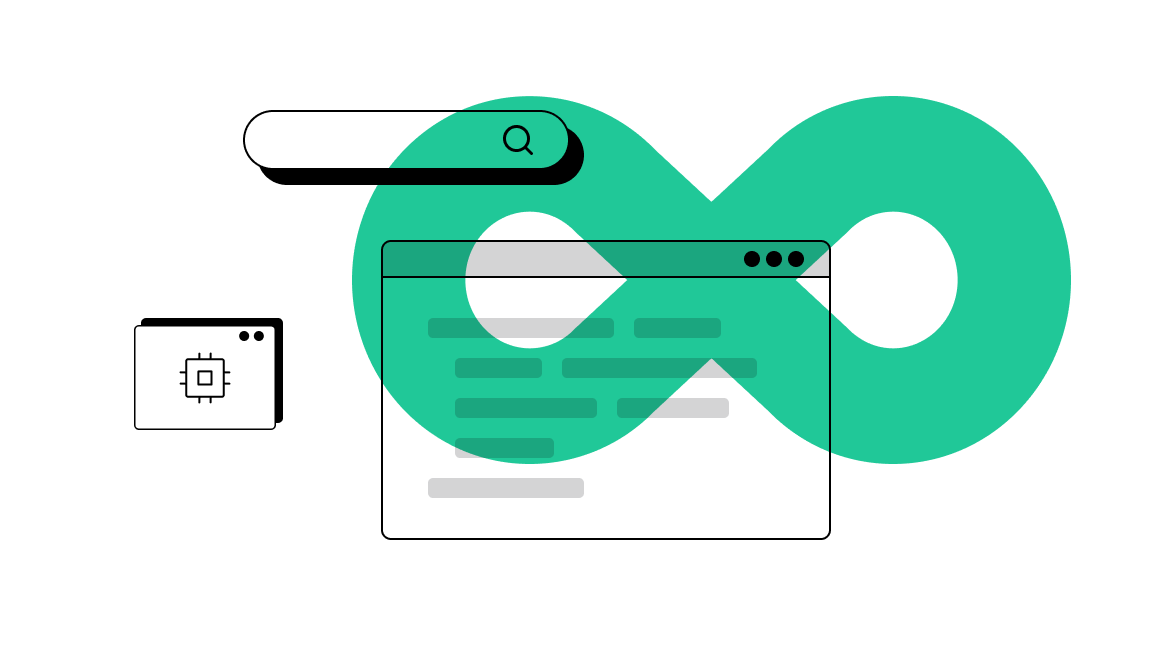
8 Reasons Why Companies Fail at DevOps
Understanding what goes wrong with your DevOps initiative is the first step to getting DevOps right and finally seeing the business impact you’ve been promised.
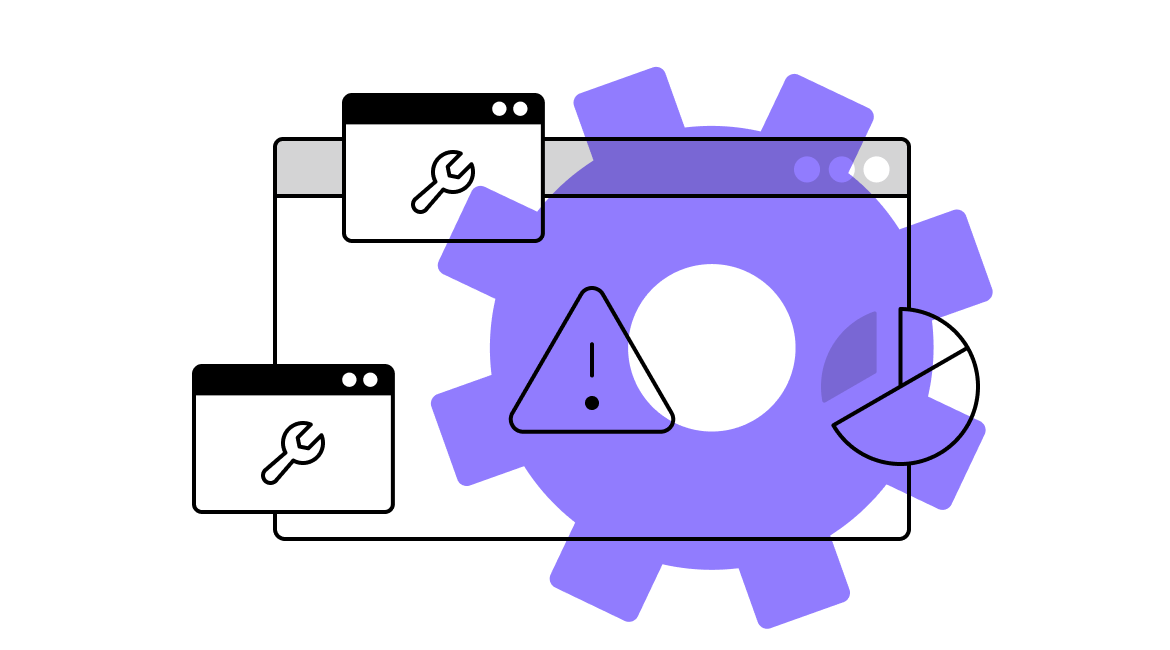
Is Technical Debt Inevitable or Can You Prevent It?
Technical debt. Everyone in software development has heard the warnings. But what does technical debt actually look like when it shows up in your systems? And more importantly, is there a way to stop it from accumulating in the first place?

How DevOps Architecture Consulting Saves Businesses from Expensive Technical Rewrites
When your business expands, ask yourself: Will your current infrastructure be able to handle the extra load? Proper architecture planning ensures you’re ready for growth, keeps costs in check, and helps you avoid technical pitfalls that can slow you down.
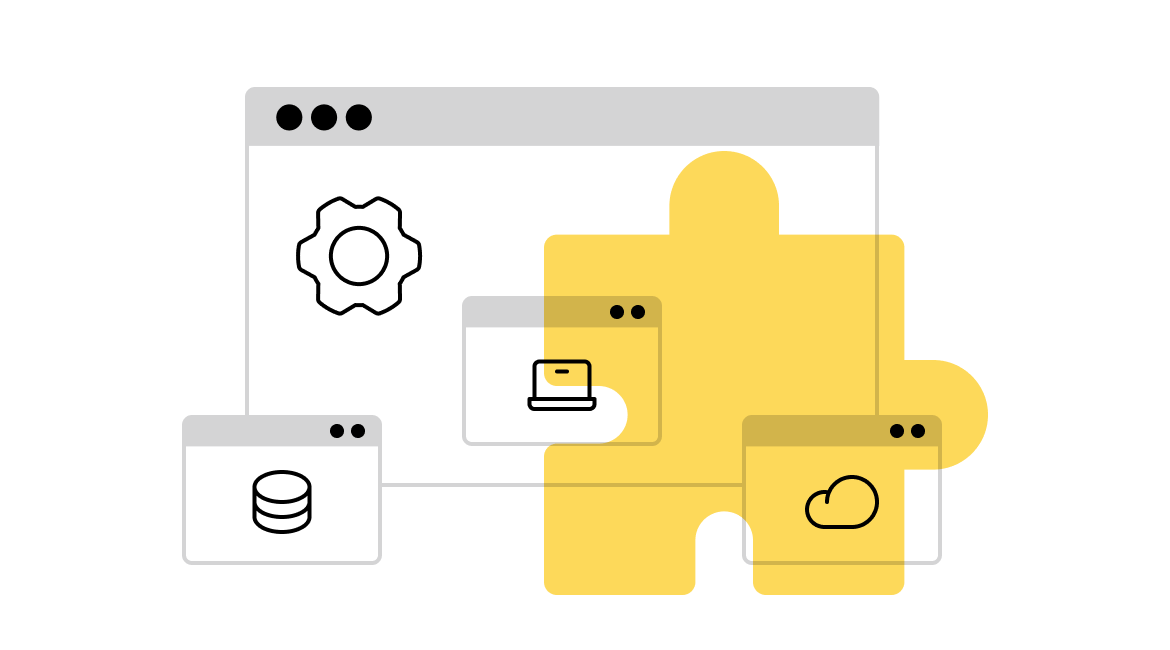
Why Choose Pre-Built DevOps Infrastructure to Reduce Your Time to Market
You’re launching a startup or scaling an existing business, targeting new markets, attracting more customers, and aiming for bigger goals. One of the most important next steps? Infrastructure that can support your growth and let you launch on time.
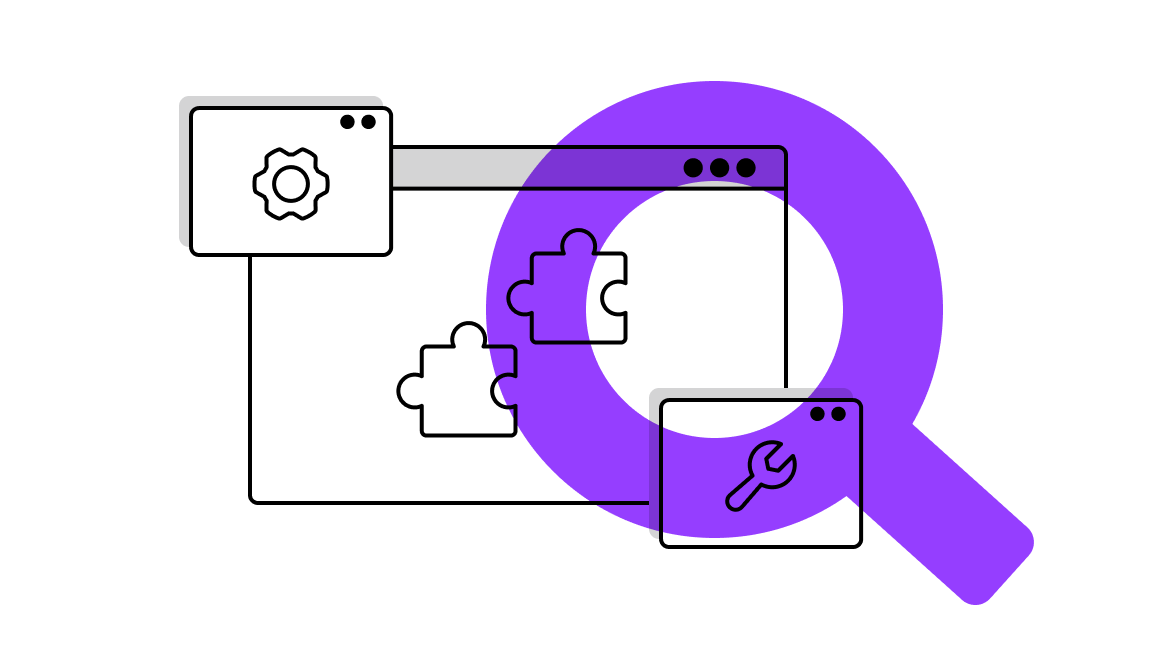
The DevOps Toolkit: 20+ Essential Tools We Rely On
You might spend months comparing all the different tools, comparing features. Or, you could learn from our hands-on experience with more than 20 proven DevOps tools that work on real projects.

6 CI/CD Best Practices for Teams Who Want Stress-Free Releases
We’ve spent years testing CI/CD practices that actually work in production environments. These techniques help you catch security issues early and deploy code without stress.
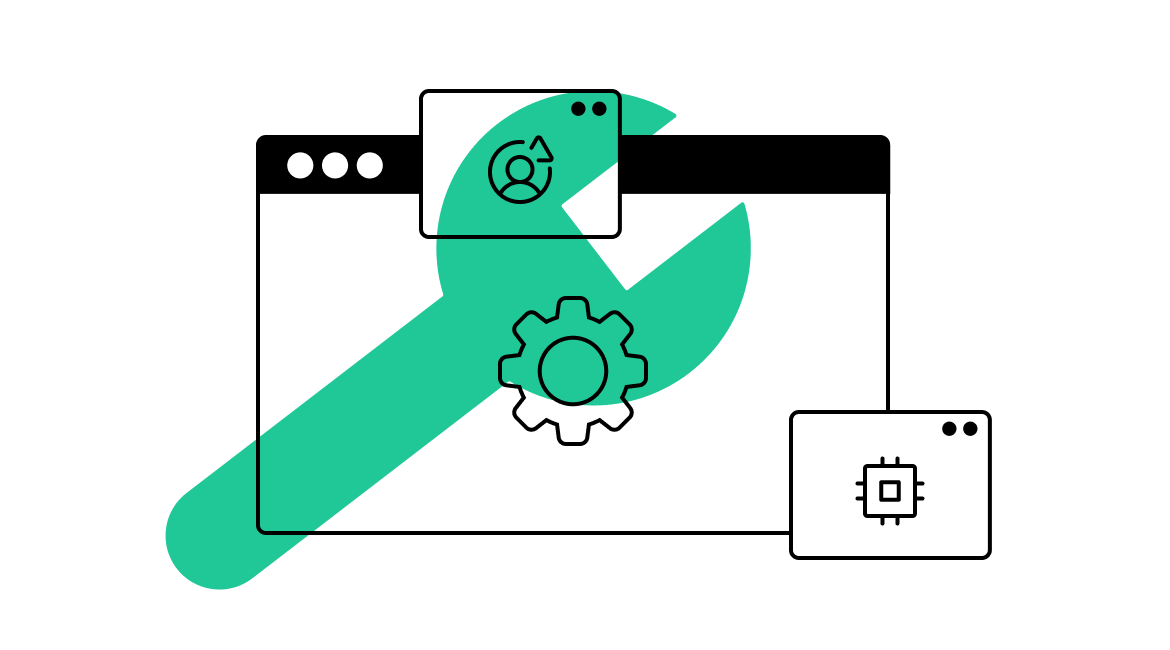
How Software Support and Maintenance Services Differ in Practice
Even though support and maintenance might seem similar, these services actually serve different purposes when it comes to keeping your systems stable and fast-performing. We’ll explain what each one does, how they work together, and why ignoring either can lead to negative consequences for businesses.
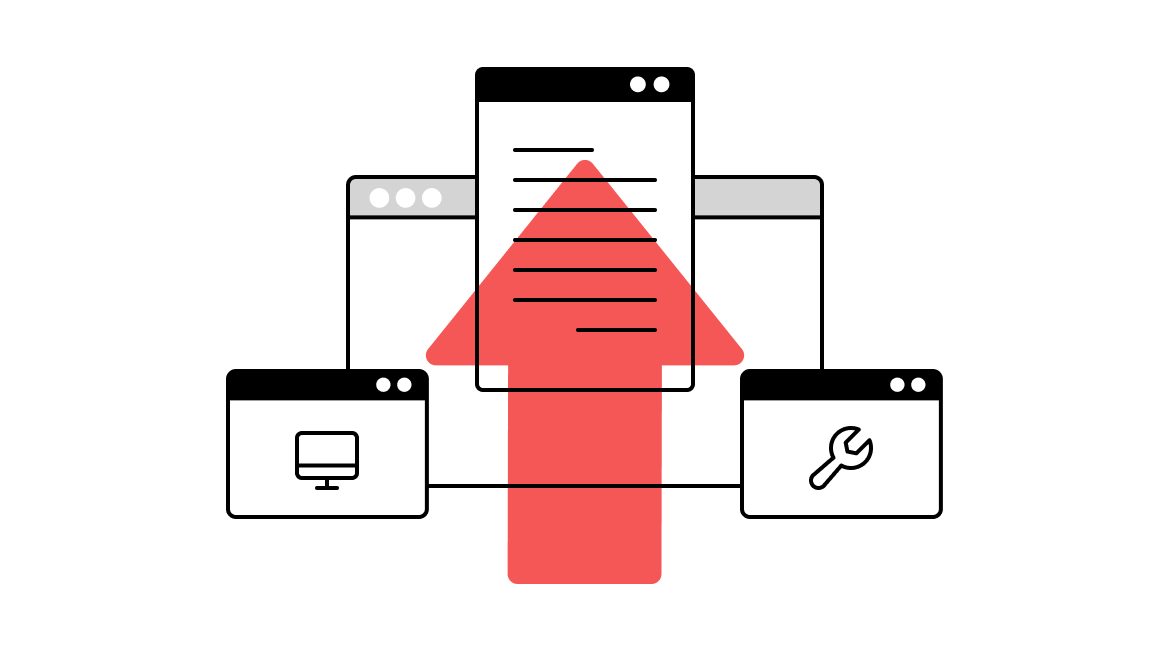
What Documentation Should Your DevOps Partner Deliver?
When your external DevOps team finishes their contract, documentation ensures their expertise stays within your company and that you’re never left guessing how your own systems work.
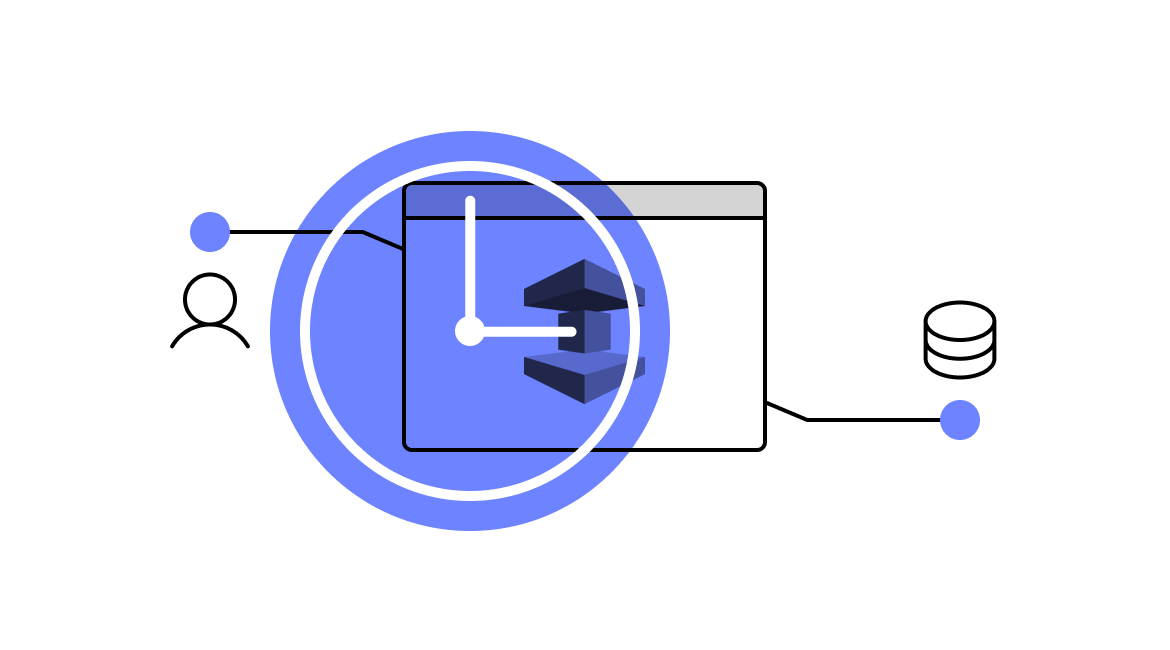
Why Choose ElastiCache to Speed Up Your App Performance
ElastiCache is like a buffer between users and your database. It handles common questions so your database doesn’t have to repeat itself for every single request. As a result, users get quick responses, even during traffic spikes.

Top DevOps Compliance Strategies That Work in Practice
It often feels like DevOps and compliance pull in opposite directions. Discover strategies for bringing these two priorities together and meeting the necessary regulatory standards like ISO 27001, GDPR, HIPAA, and SOC 2.

How to Build an Unbreakable Secret Management System
When secrets are hidden across different pieces of code, config files, and personal computers, they can be at risk of getting exposed. By gathering all your credentials in a secure vault, you increase your security and make it easier for your entire team to access your systems.
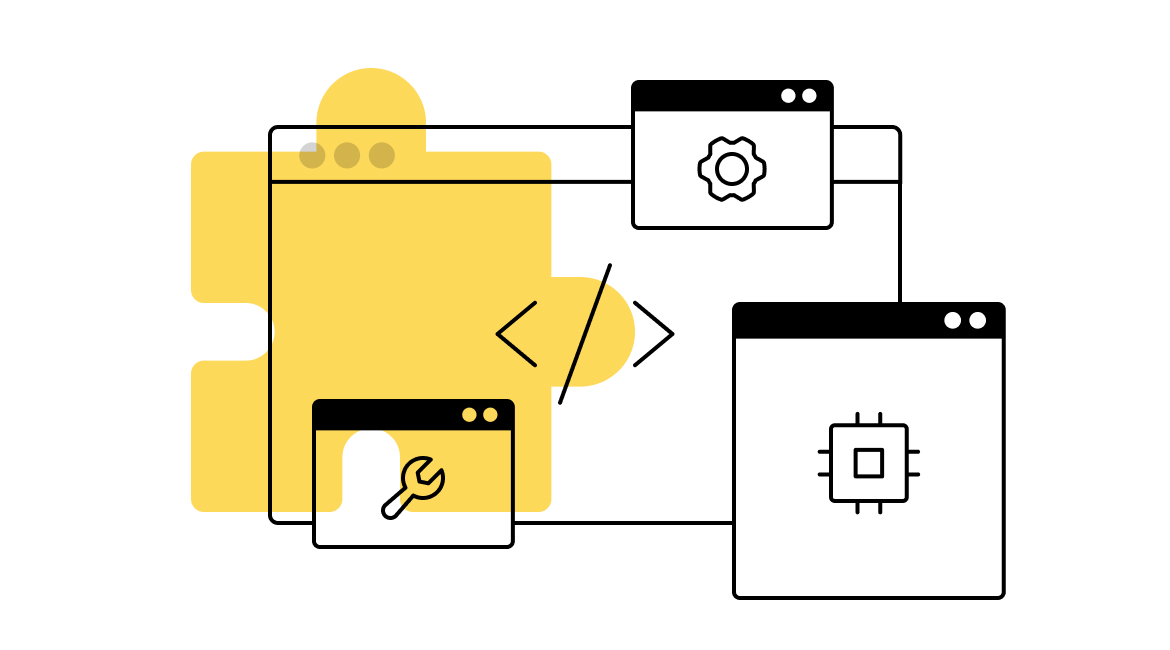
Platform Engineering: Build Once, Scale Forever
Platform engineering is an approach to software development and delivery that implies building and maintaining a reusable internal developer platform that makes it easier for teams to develop, test, and deploy software.
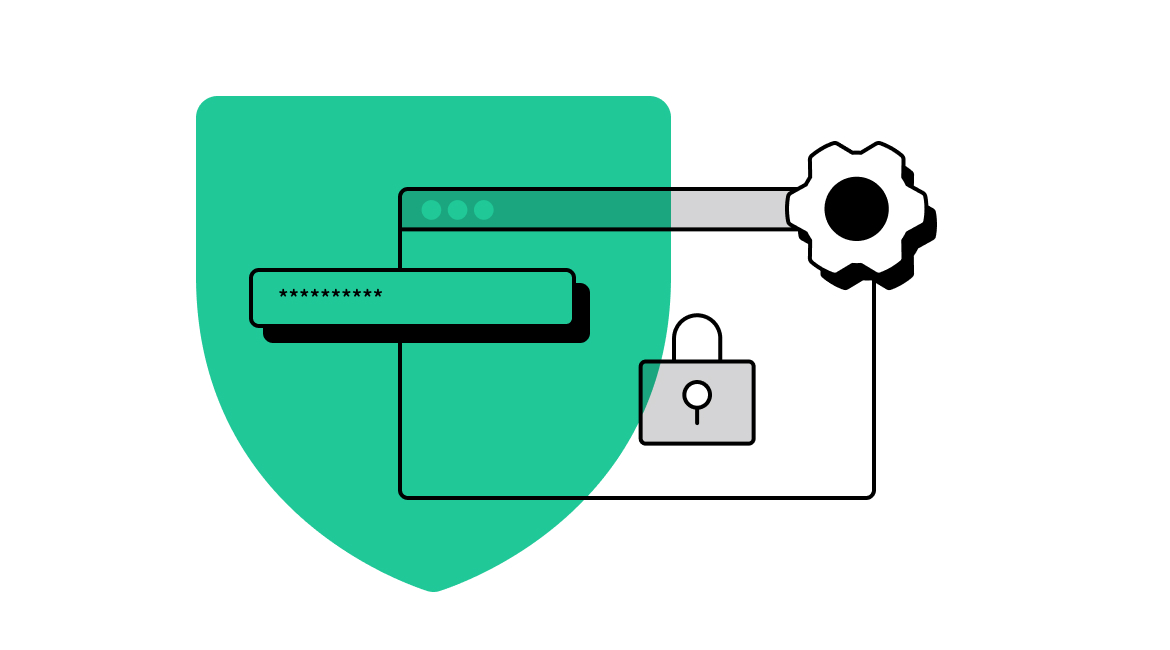
Critical Security Elements Every DevOps Team Needs
We’ll discuss some key security practices that every DevOps team should have in their toolkit — firewalls and identity access management.
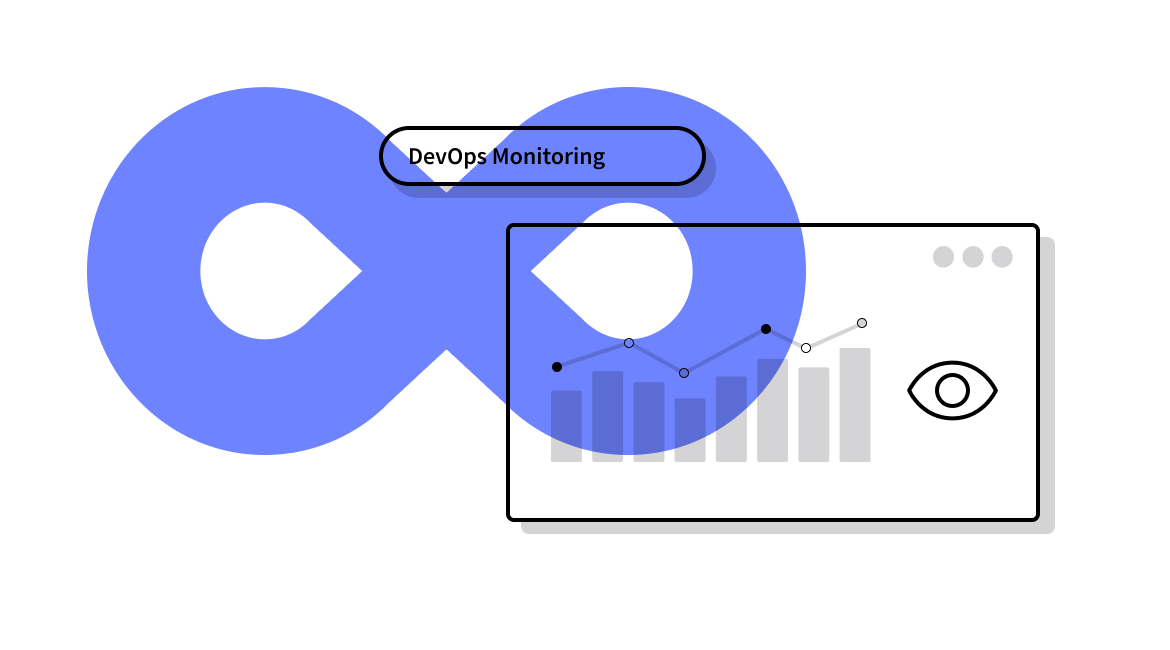
DevOps Monitoring Essentials for Reliable Systems and Business Success
This article offers hands-on advice on DevOps monitoring that will help your team and your business.
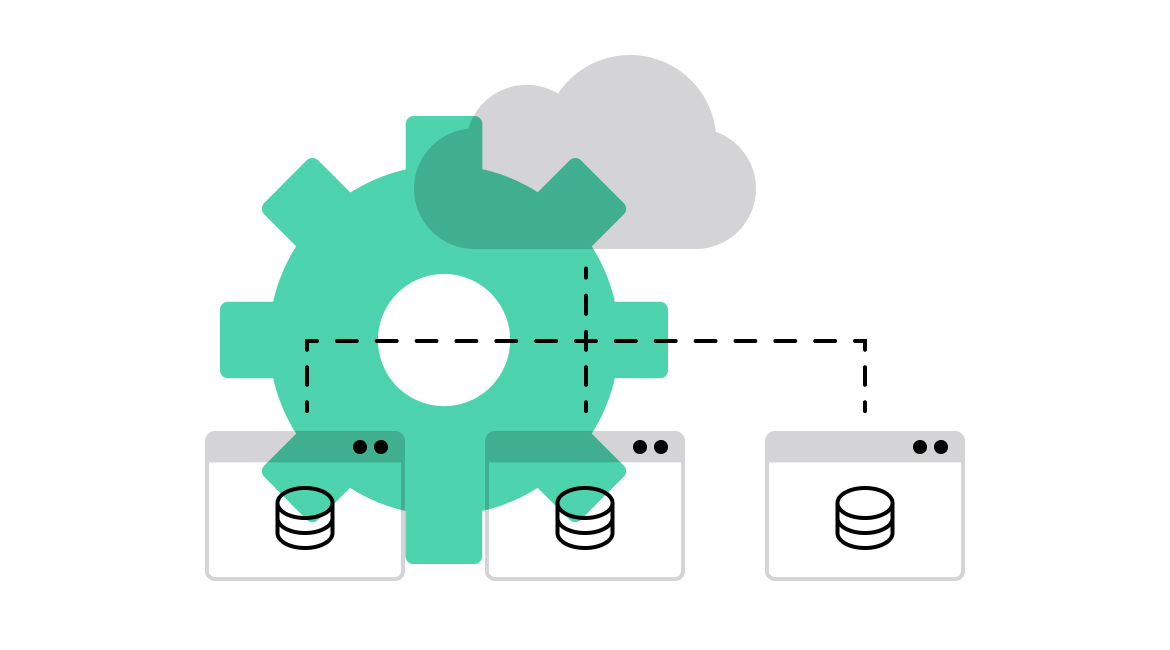
How to Build a Robust Database System in the Cloud: IT Outposts’ Way
In this article, we’re excited to share IT Outposts’ take on building cloud database systems that thrive when the pressure’s on, bounce back from disasters, and grow with your business.
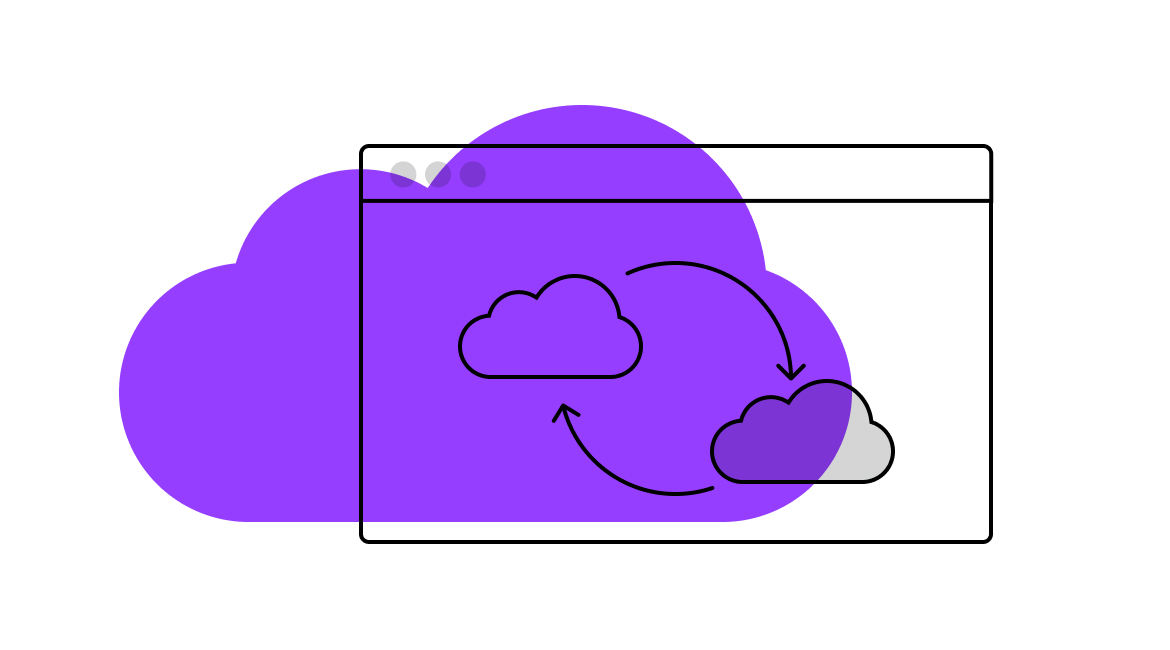
VPC Networking Benefits: Secure, Budget-Friendly, and Ready to Scale
A virtual private cloud (VPC) exists to solve the security vs. scalability dilemma. In this article, we explain how virtual private clouds work and share the main benefits they bring to businesses.
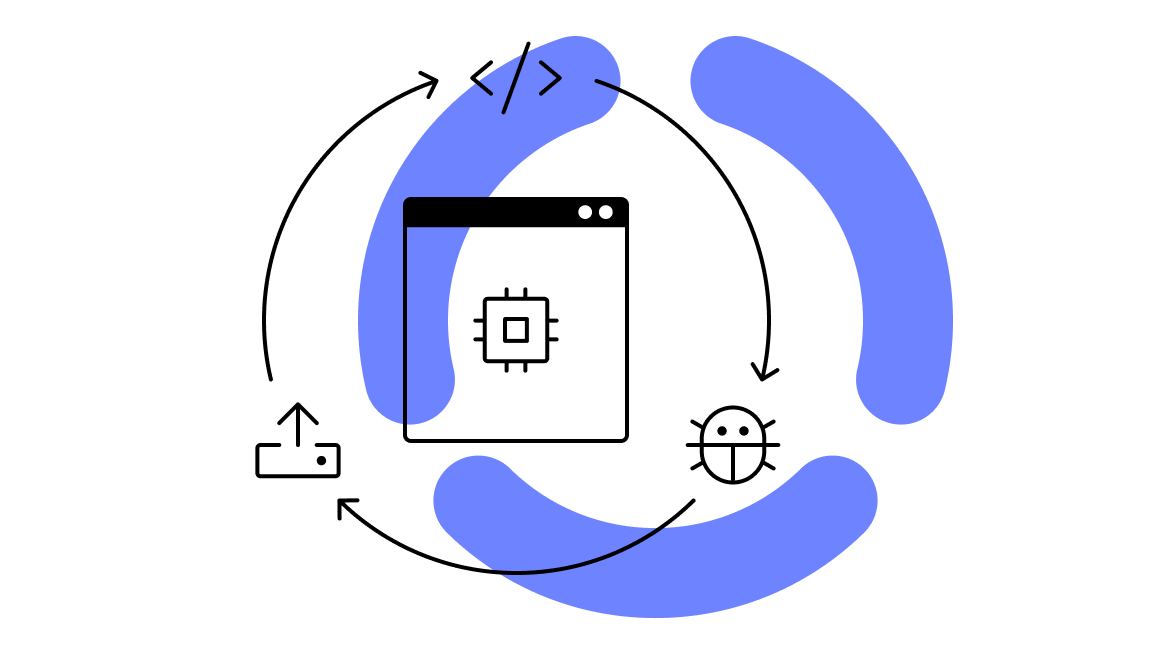
Dev, Staging, Prod: The Golden Trio of Software Quality
Some developers play it safe, keeping their development, staging, and production environments apart. Others might be a bit daring, deploying directly into production. In this article, we’ll explain why we consider the second approach risky and break down why it’s critical to have the golden trio of dev, staging, and prod in place.
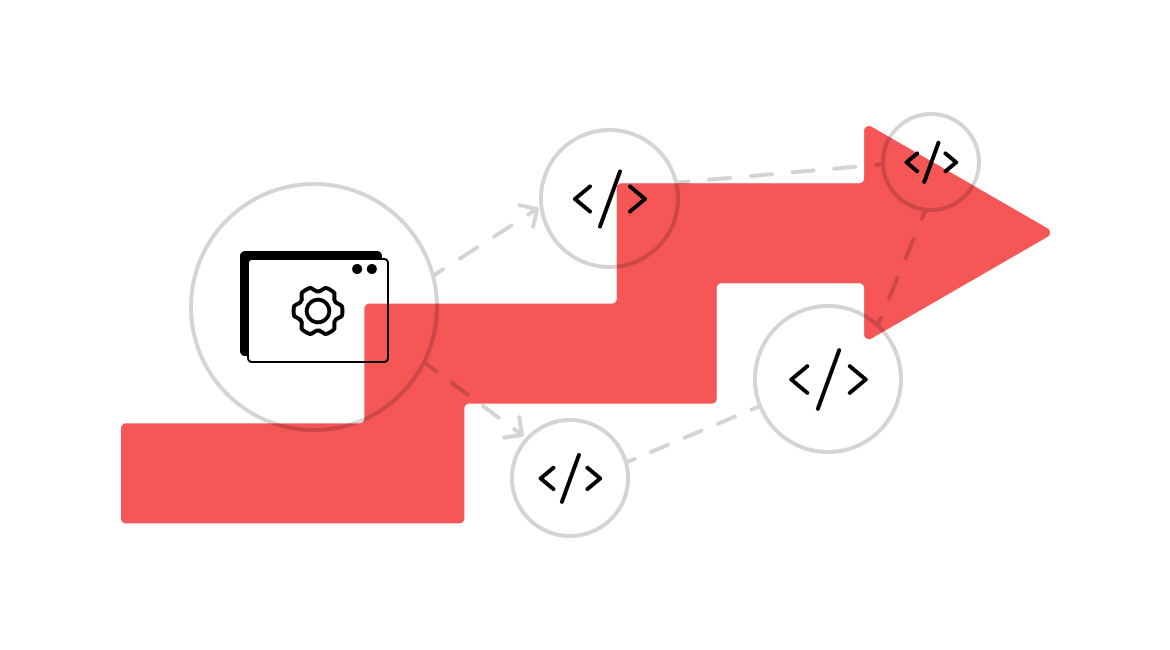
The Key Benefits of Infrastructure as Code in Business
Moving your company’s infrastructure to code will give your business a significant upgrade. Manually setting up servers and systems will no longer be necessary. Let’s explore the concrete ways how infrastructure as code (IaC) can impact your company’s bottom line.
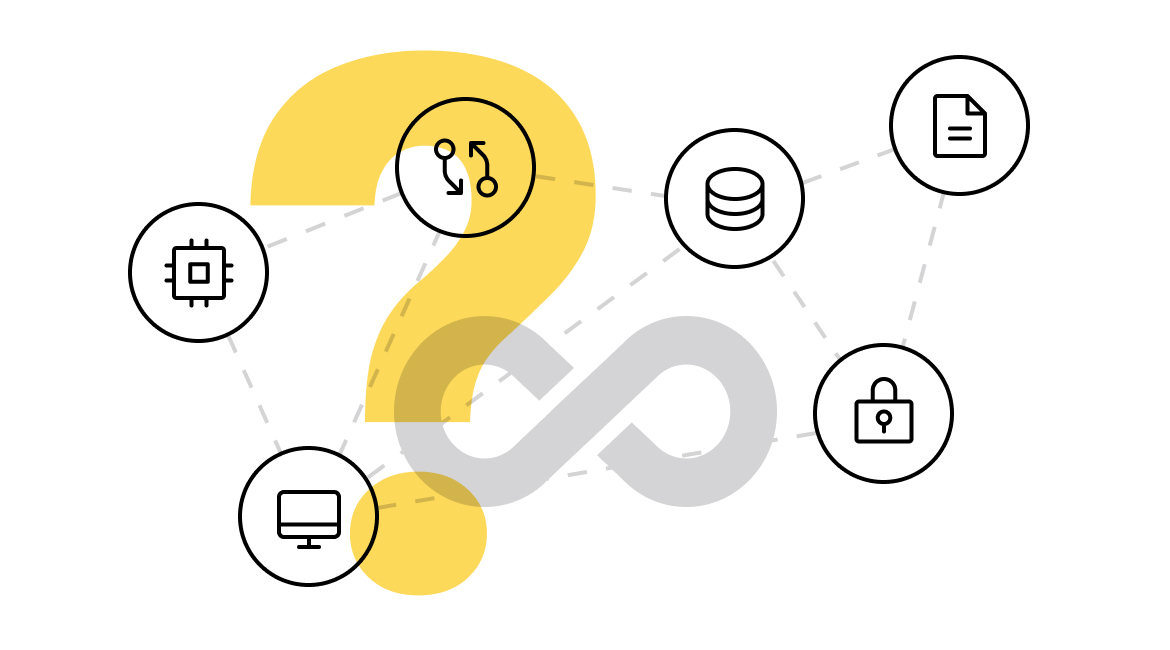
What Sets Successful DevOps Infrastructure Apart
Having solid infrastructure is more than just using the latest tools or having massive servers. It’s about making smart decisions that help your business right now while also setting it up for the future.
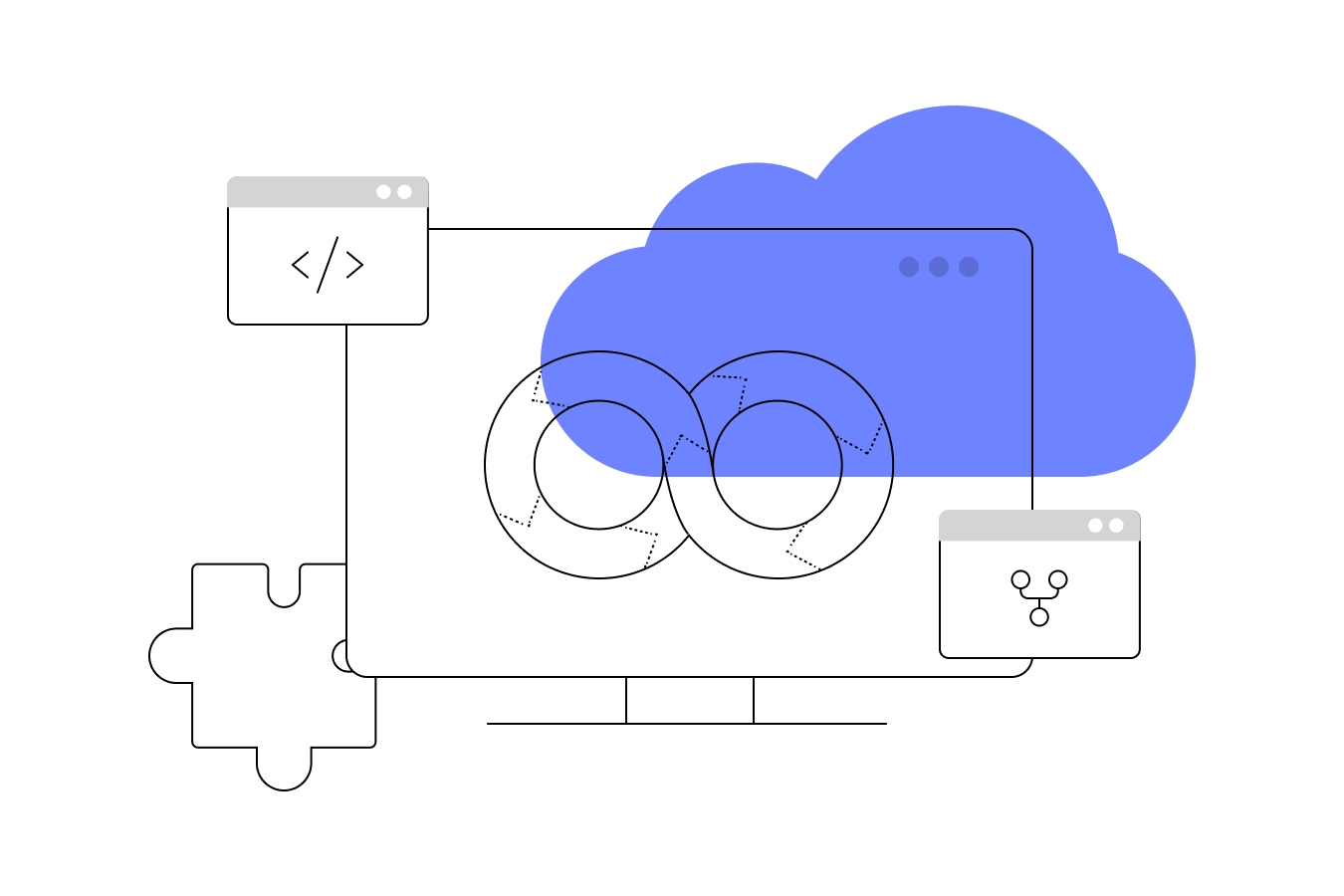
Do I really need DevOps as a service In my Start-Up?
The tech world can be complicated. Sometimes it feels like tech experts are from another planet and talk in a completely original language. For example, you have probably heard about ‘DevOps as a service’, but what does that really mean?
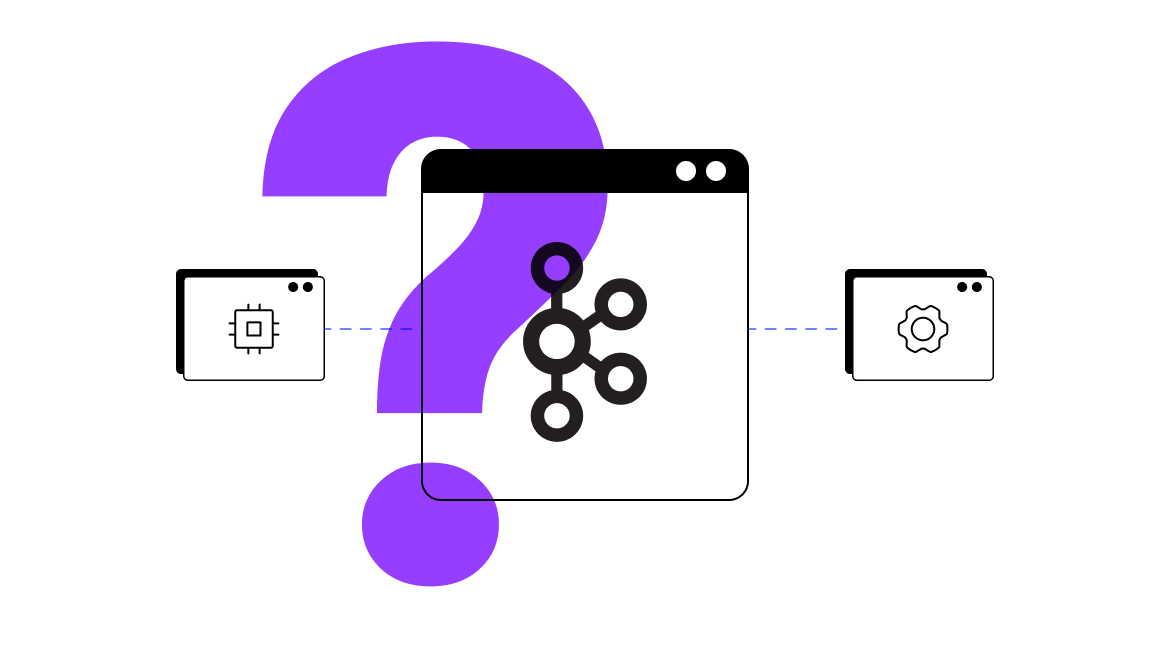
Why Your System Needs Kafka Today
When a user clicks a button on their screen, multiple systems must spring into action to check permissions, validate data, update records, and send confirmations. Kafka manages this data, ensuring each bit of info gets to its place as fast as possible.
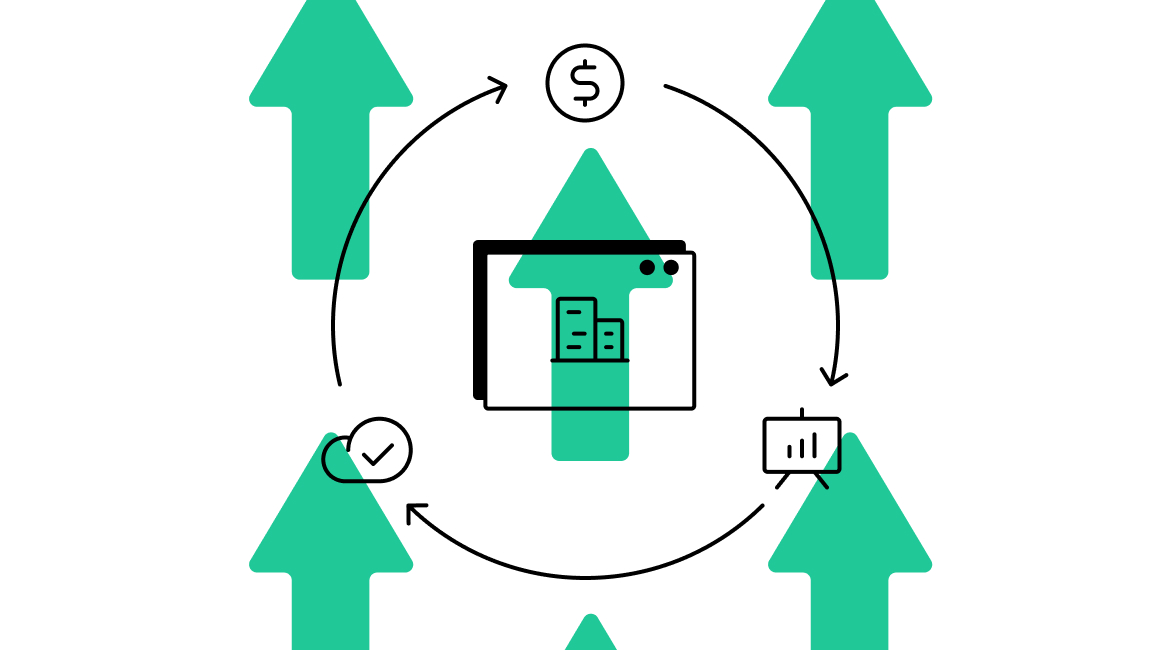
Cloud Costs Out of Control? Here’s How FinOps Can Help
FinOps is a set of best practices and cultural changes aimed at helping organizations get the most out of their cloud investments.
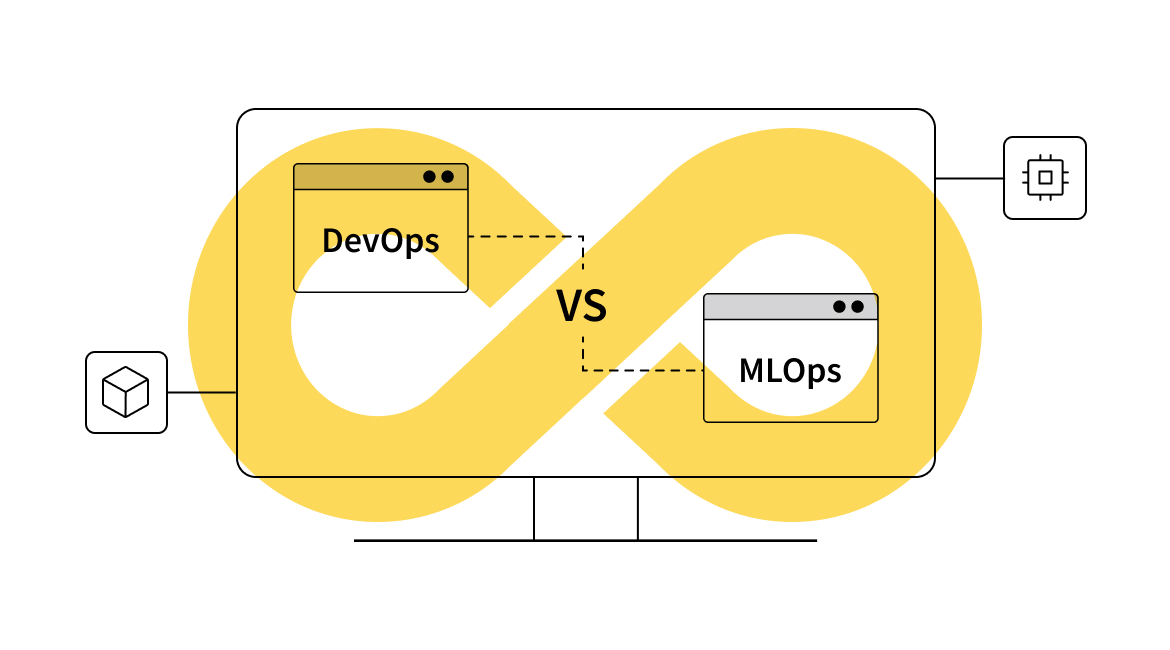
DevOps vs. MLOps: Why MLOps Isn’t Just Another Marketing Term
Just as we were getting comfortable with the term “DevOps,” a new buzzword came along — “MLOps.” The emergence of
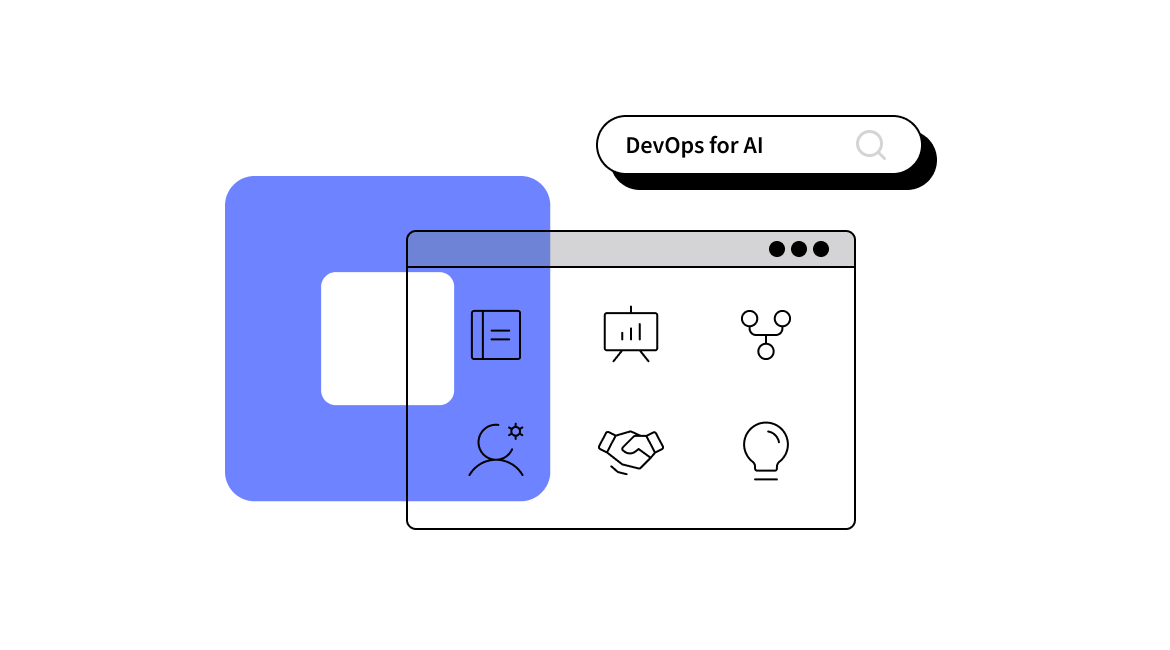
The Advantage of DevOps for AI Projects
As AI continues to advance and play a significant role in our software systems, organizations that successfully integrate DevOps practices into their AI development processes will be better positioned to deliver value to their users.
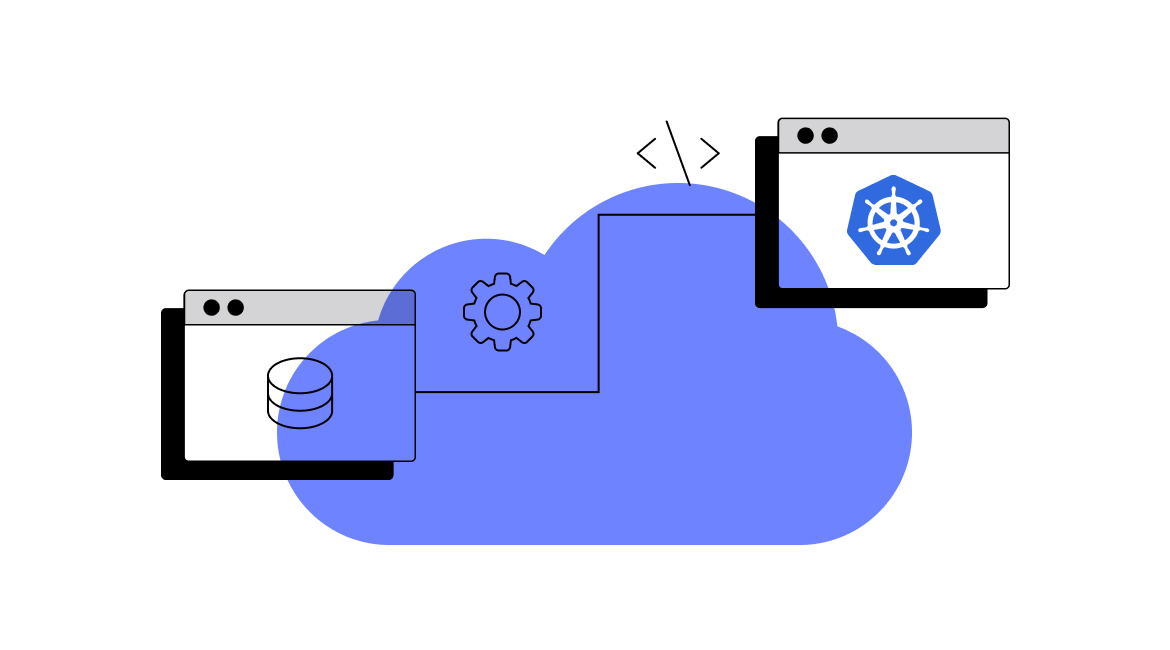
Migrating from VMs to Kubernetes: Transform Your Deployments
While VMs have been reliable solutions for a long time, they can’t keep up with the demands of modern, rapidly changing applications anymore.
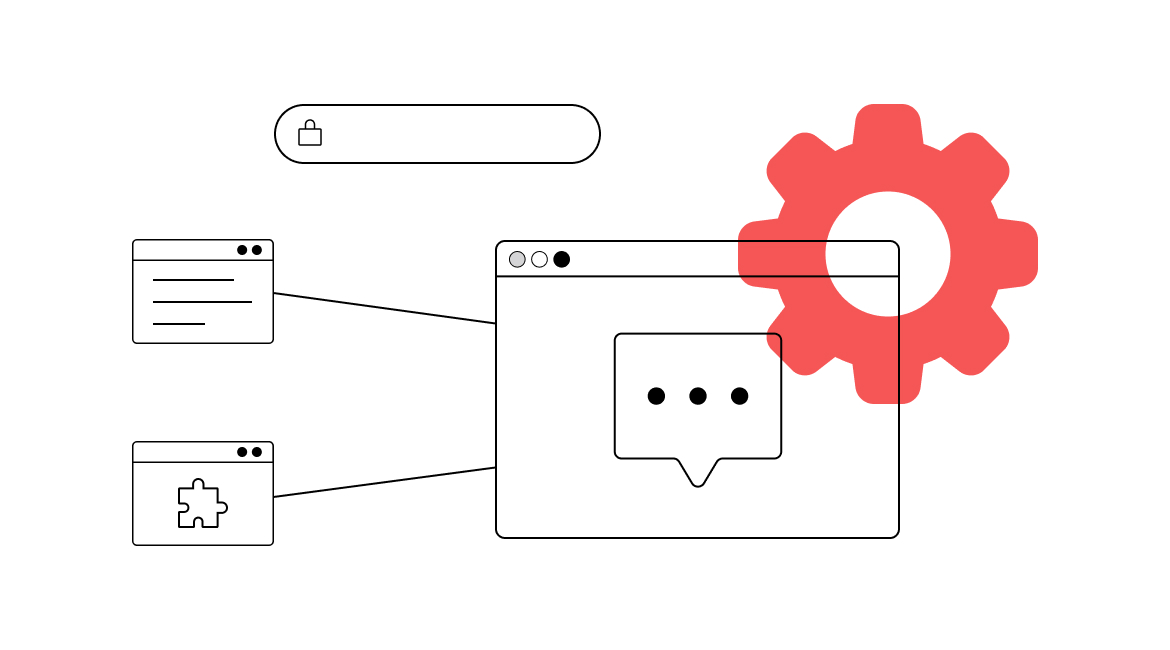
Why Use CNI Plugins on Kubernetes
Providing standardized management of network interfaces is not easy. Check out the possibilities of plugins for CNI Kubernetes and find an easy solution for your tasks!
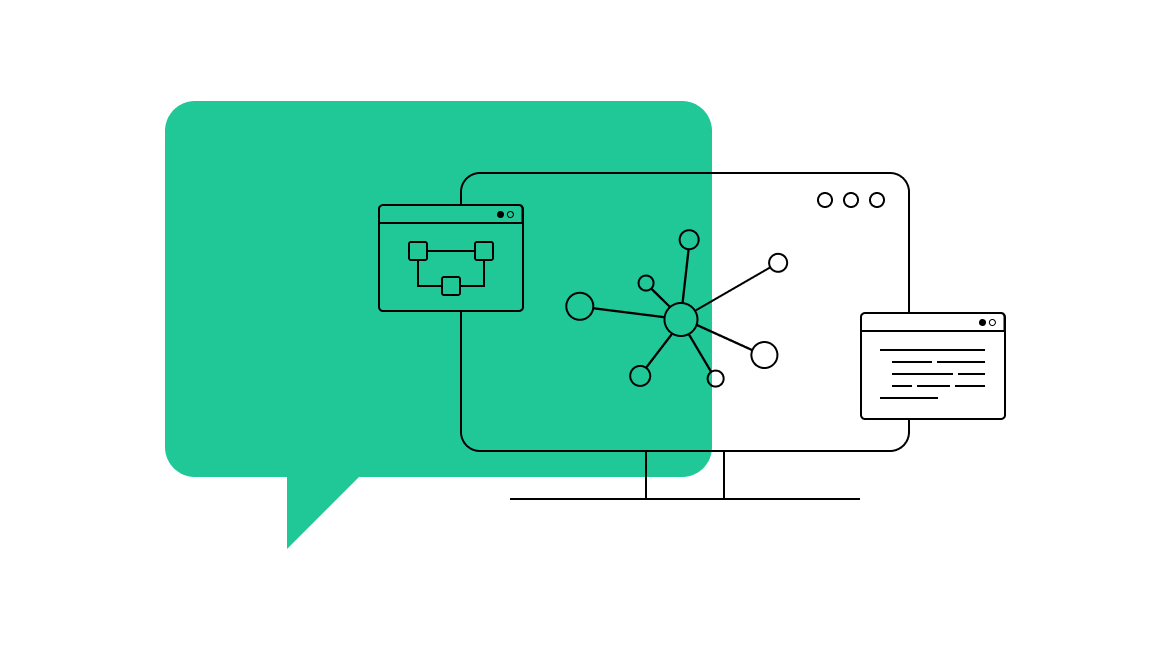
Microservices Decomposition Strategy in 2025
Contrary to all beliefs, microservices are not a one-size-fits-all approach. Although monolithic programming is becoming less and less popular, it
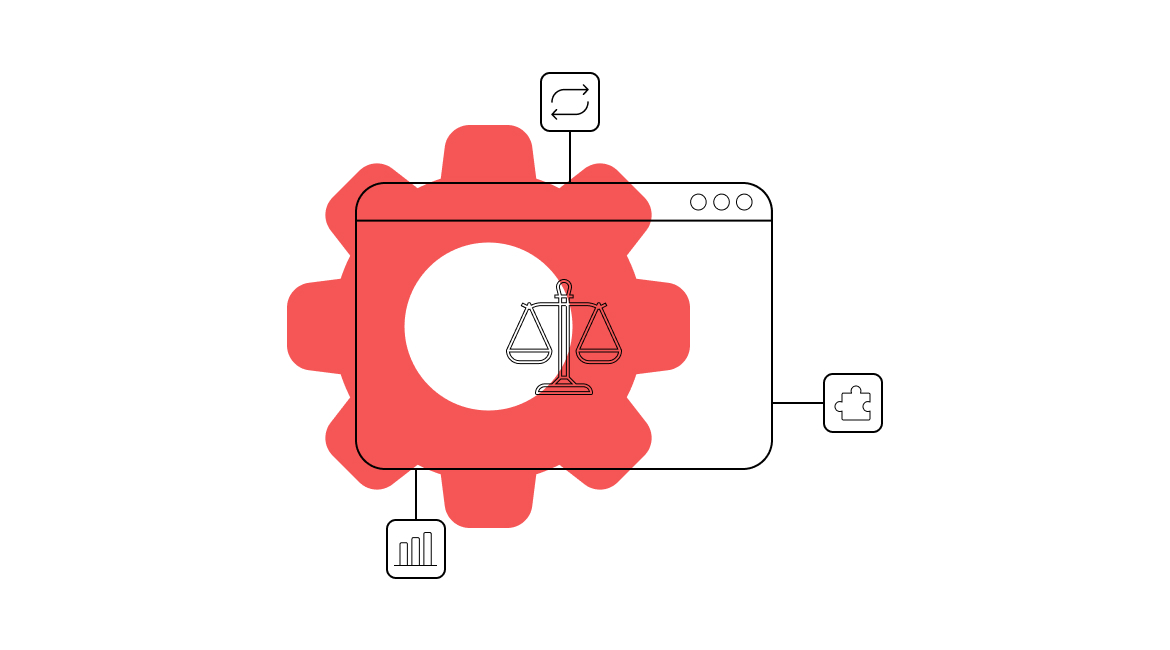
Kubernetes Engines Compared: Full Guide
What are the main Kubernetes container engines and how to choose the right one? We address the questions in the post

Top-10 DevOps Configuration Management Tools
Automation tools help work smarter and faster, particularly in DevOps. They save time on repetitive tasks like testing and deployments. Explore common configuration management FAQs and the top 10 DevOps tools.
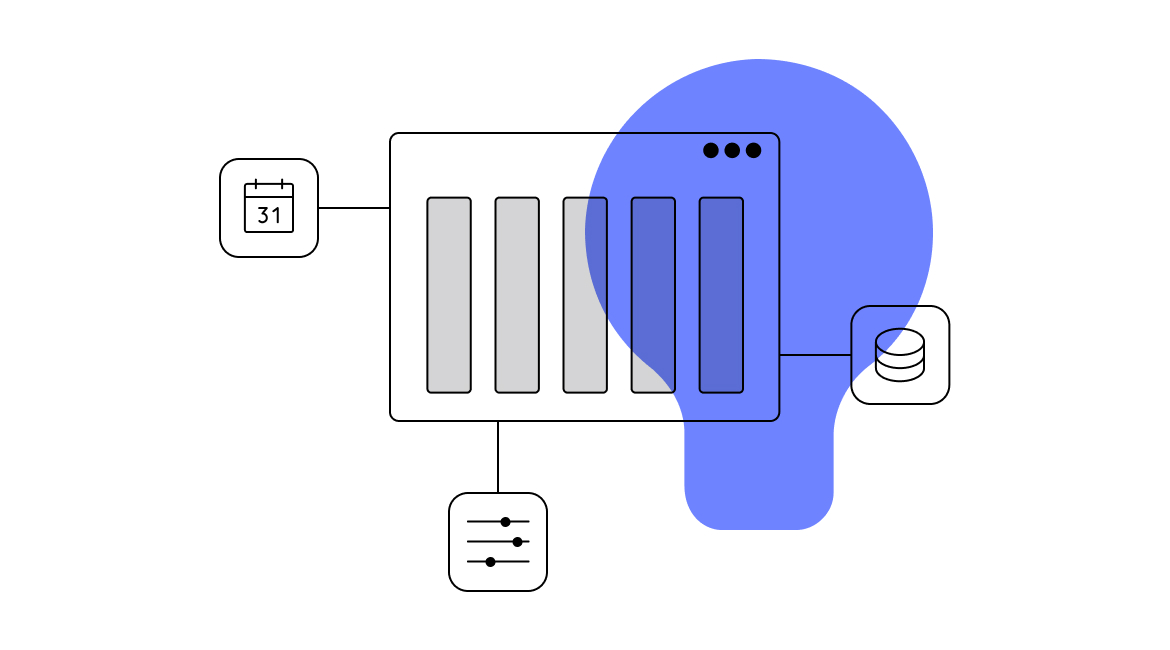
What Is Kubernetes? Kubernetes Architecture Overview
The deployment and testing of modern software have been transformed by container-based microservices architectures like Kubernetes architecture. Modernizing businesses is
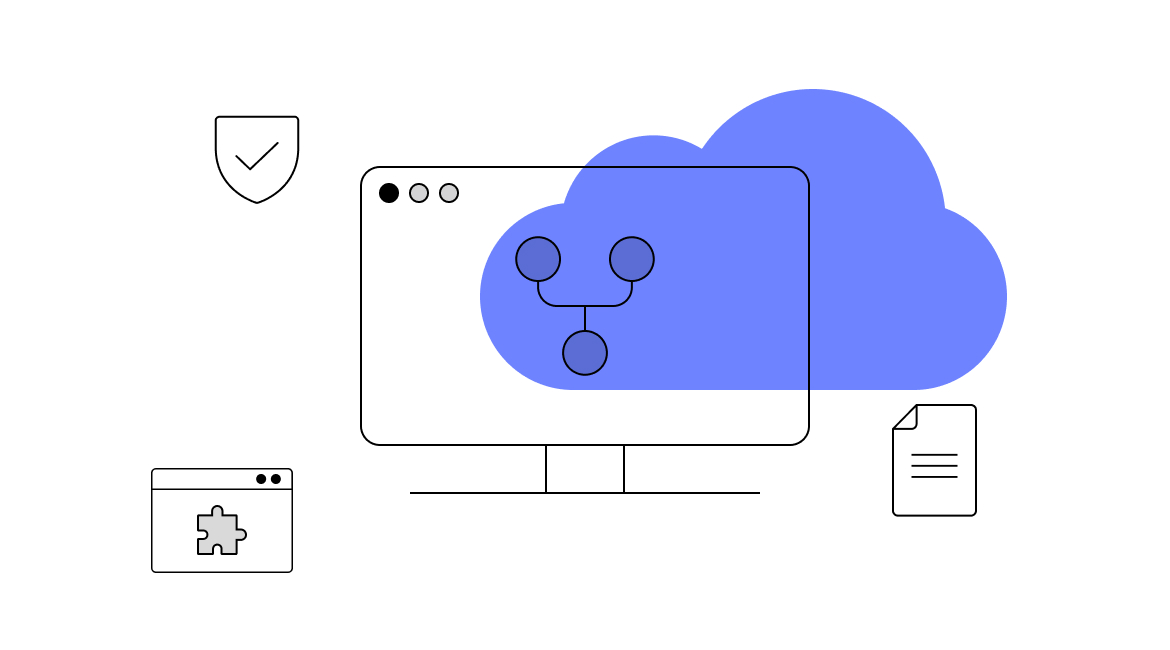
On Premise to Cloud Migration: Main Points Checklist
Shift your enterprise IT to the cloud, akin to moving an office. Transition data, apps, and processes for a better work space and free resources for growth. Need a cloud migration strategy? Check our guide.
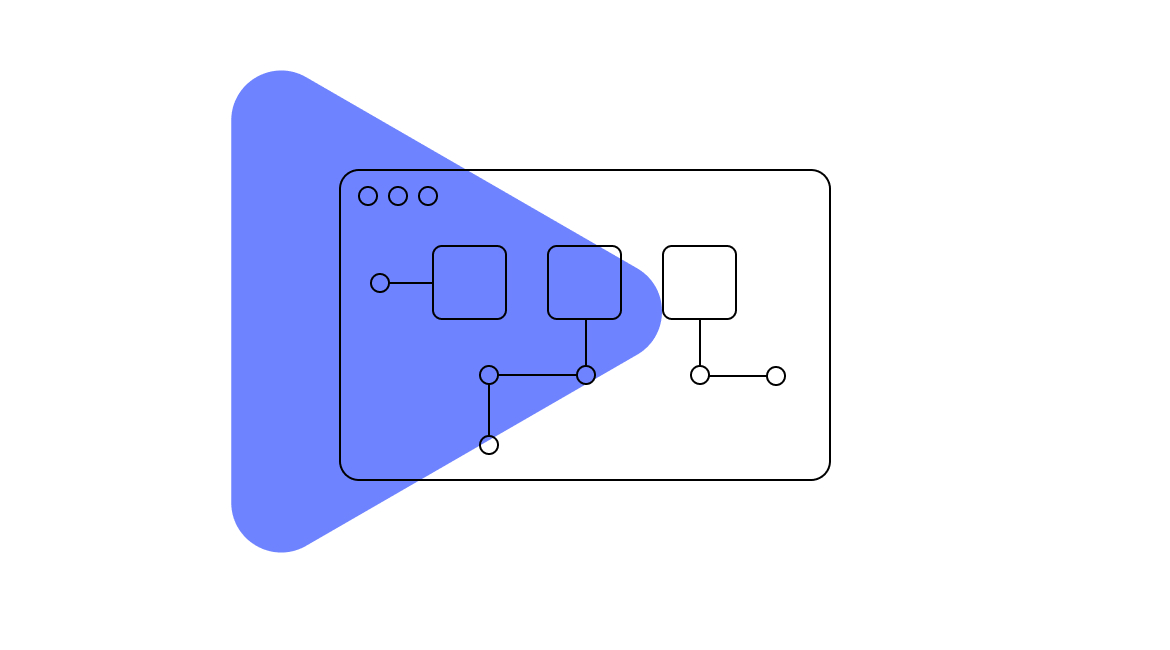
Terraform Modules Overview
Learn how modules can solve configuration problems, how Terraform modules are structured, and how to create and use modules effectively in this tutorial.

Advantages and Best Practices for Docker to Kubernetes Migration
Kubernetes migration is a popular choice because it offers increased stability and fast autoscaling. We’ll review all the reasons for migration and describe the step by step process.

AWS to Azure Migration: What You Need to Know
Migrate from AWS to Azure to enhance your enterprise apps and data capabilities. Discover the specifics of this cloud transition on the Azure platform.

Top 10 DevOps Automation Tools
IT Outposts expert have prepared a list of the top DevOps tools to help you. But first, let’s take a look at the key features to look for in your potential DevOps automation tools.
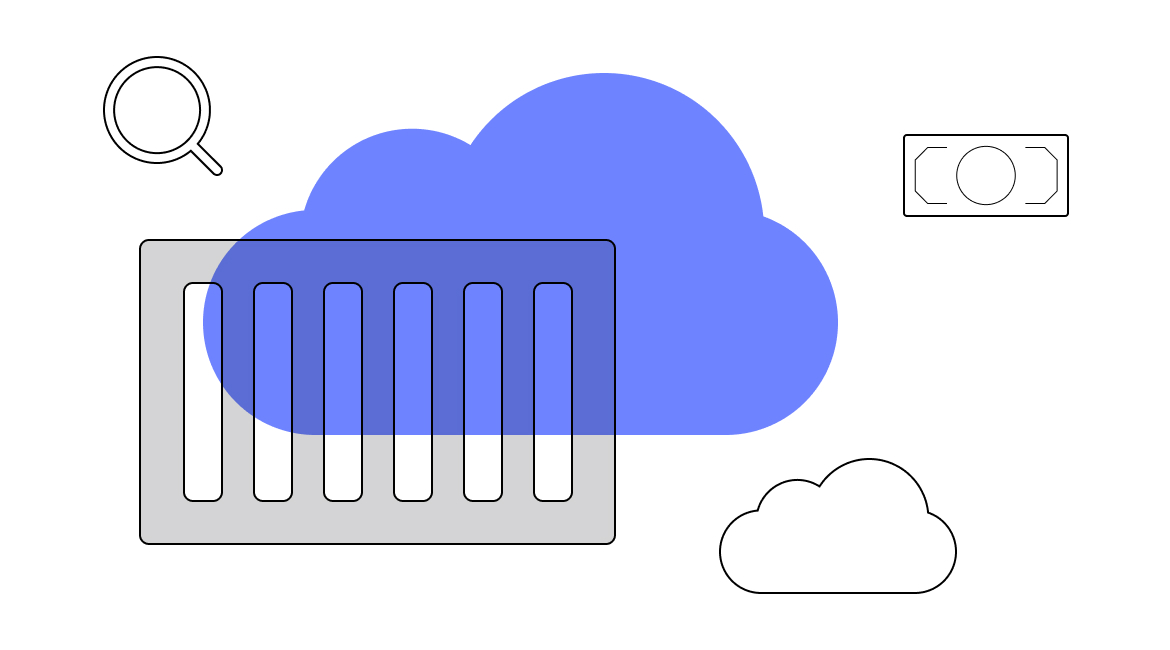
Serverless vs Containers: The Best Use Cases for Each Technology
Discover the difference between serverless computing and containers for app deployment. Get insights for quick, cost-efficient development from our DevOps experts in our detailed article.
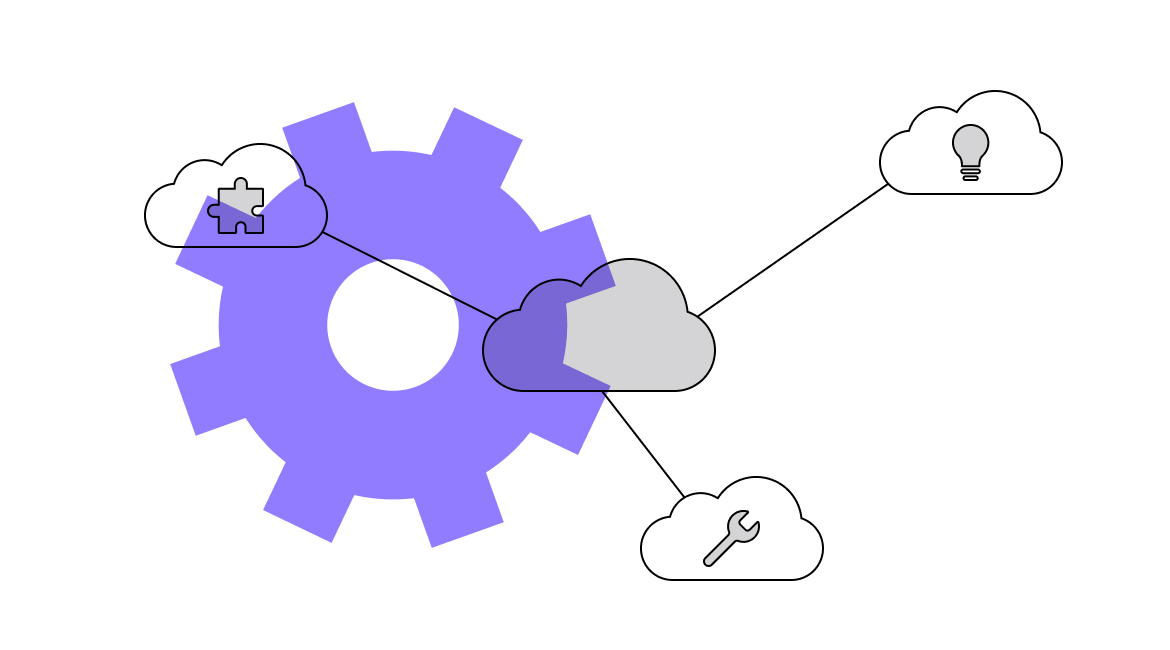
What Is Orchestration in Cloud Computing?
What is multi-cloud and how to manage it? Benefits and possible problems of transition to multi-cloud
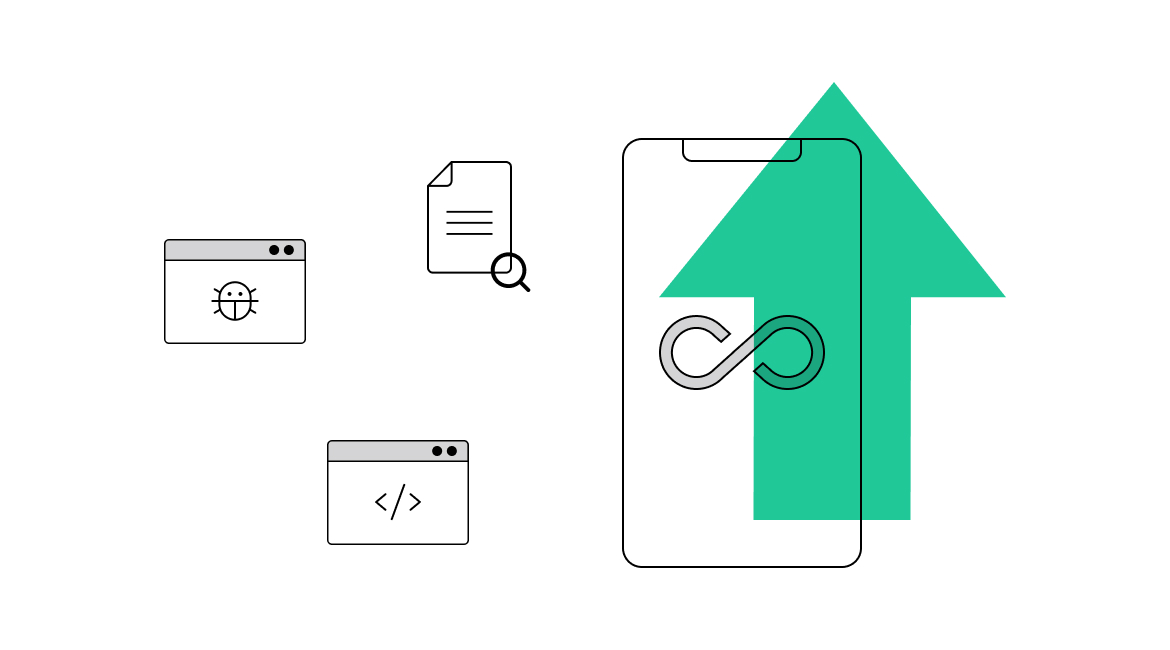
DevOps Benefits for Business: What Does DevOps Do?
Wondering what does DevOps do in terms of benefits for business? In our post, we are reviewing main benefits of employing DevOps and risks of neglecting it.

Best Container Orchestration Tools
Learn about the best five container orchestration tools: Kubernetes, Mirantis, Mesos, Helios and Openshift
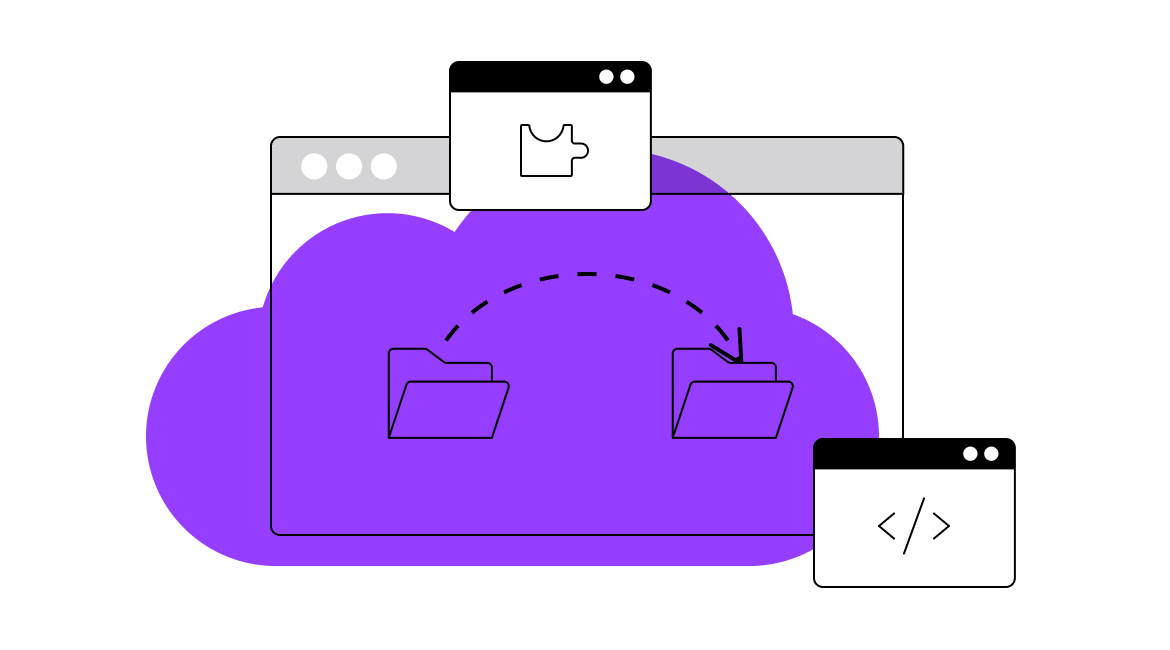
Exchange Migration to Office 365
If your work is related to software development or you are running your business online, you probably have heard of such terms as IT infrastructure or infrastructure information technology.

What is IT infrastructure? What types and components are in it?
If your work is related to software development or you are running your business online, you probably have heard of such terms as IT infrastructure or infrastructure information technology.

Why can’t you measure DevOps by popular metrics?
When you hire a DevOps team you want to see results. So how do you measure—and improve—the work of your DevOps team? In this article, I will share which key performance indicators you should check, and which will work against you.
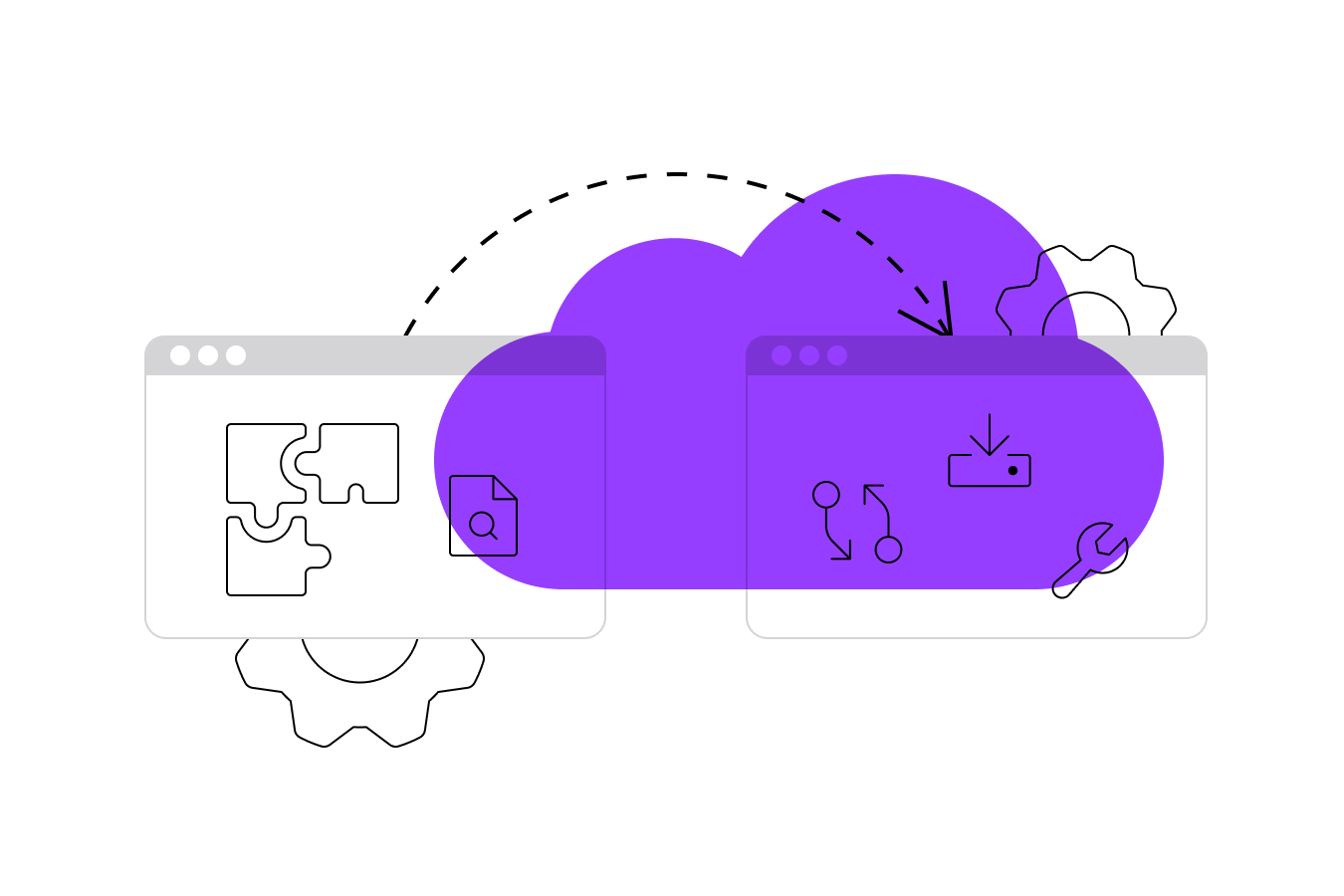
What should I know before migrating to the cloud?
Perhaps you are also considering migrating to the cloud. Is it a worthy investment? Before you decide which road to choose (clouds or local servers) you need to do an express test of your project.
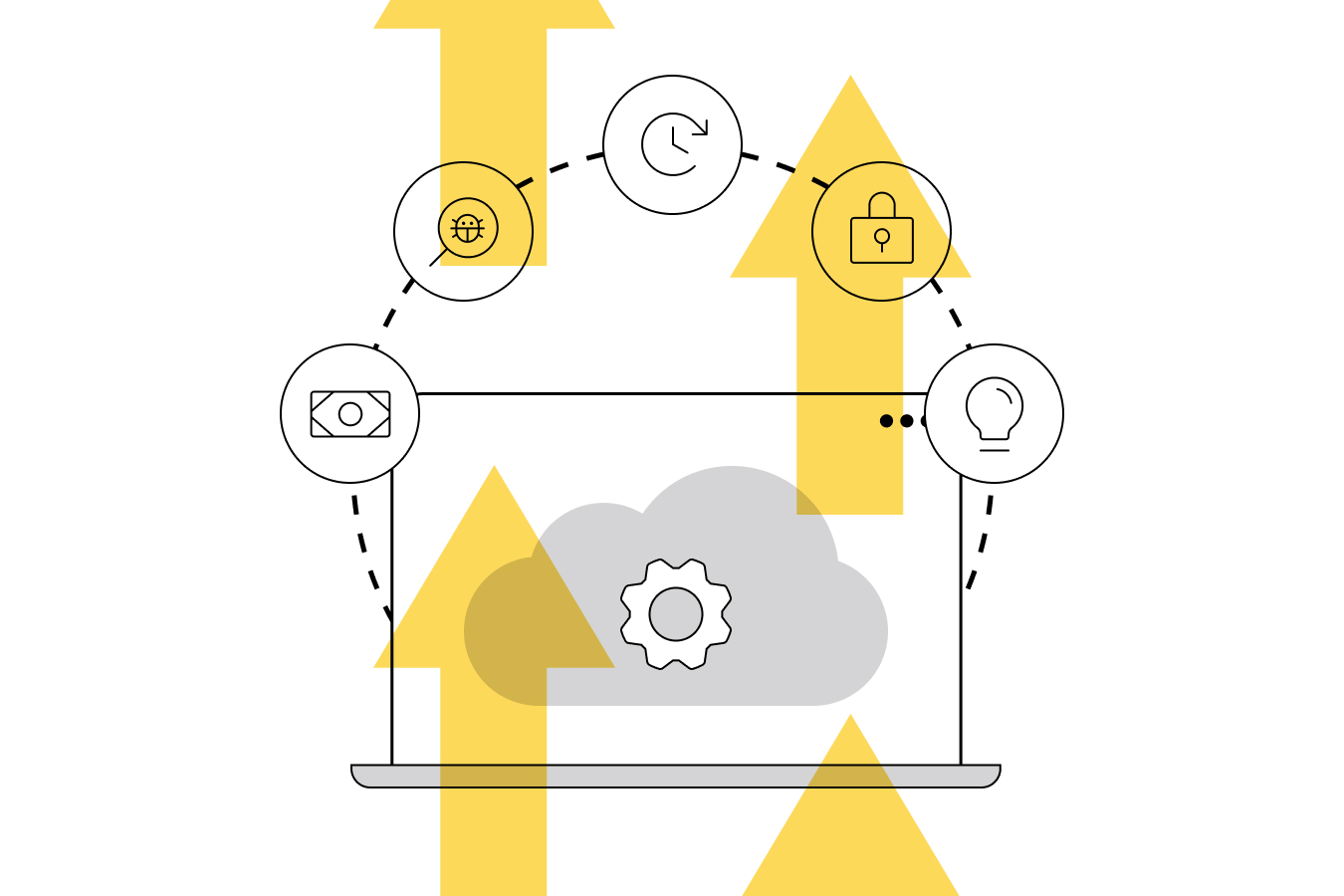
How can I reduce my cloud operating costs?
Moving to the cloud can be a complicated process. But the work does not end when you finish transferring your last app to your new cloud. In 95% of cases, the real job has just begun.
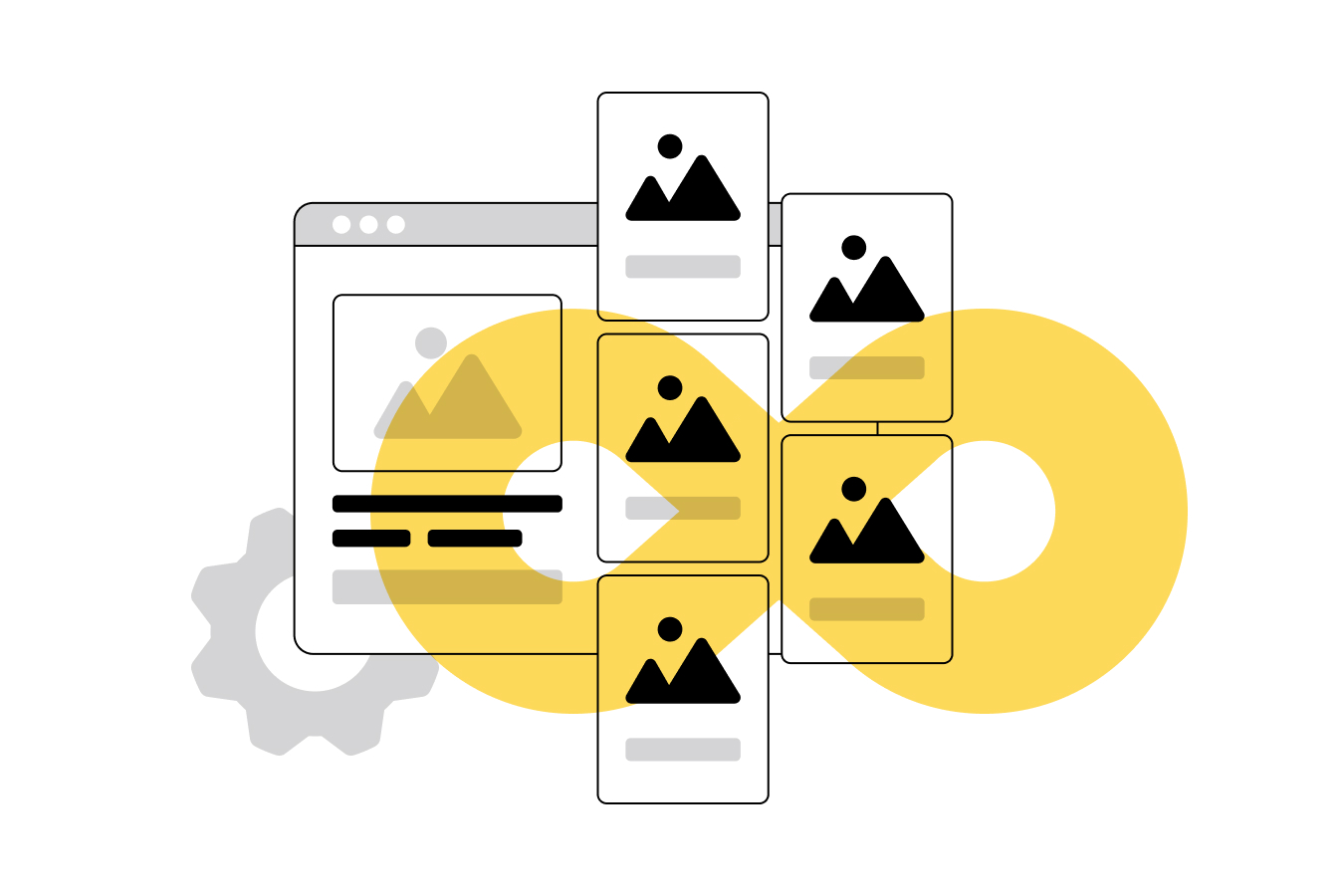
How can DevOps grow my e-commerce business?
Did you know that Shopify was the first big e-commerce platform to implement DevOps tools in their business? The story starts in 2016…

What are the main DevOps security risks and how to deal with them?
Can you use DevOps tools and avoid the risk of being hacked? In this article, you will learn about the risks how to overcome them.
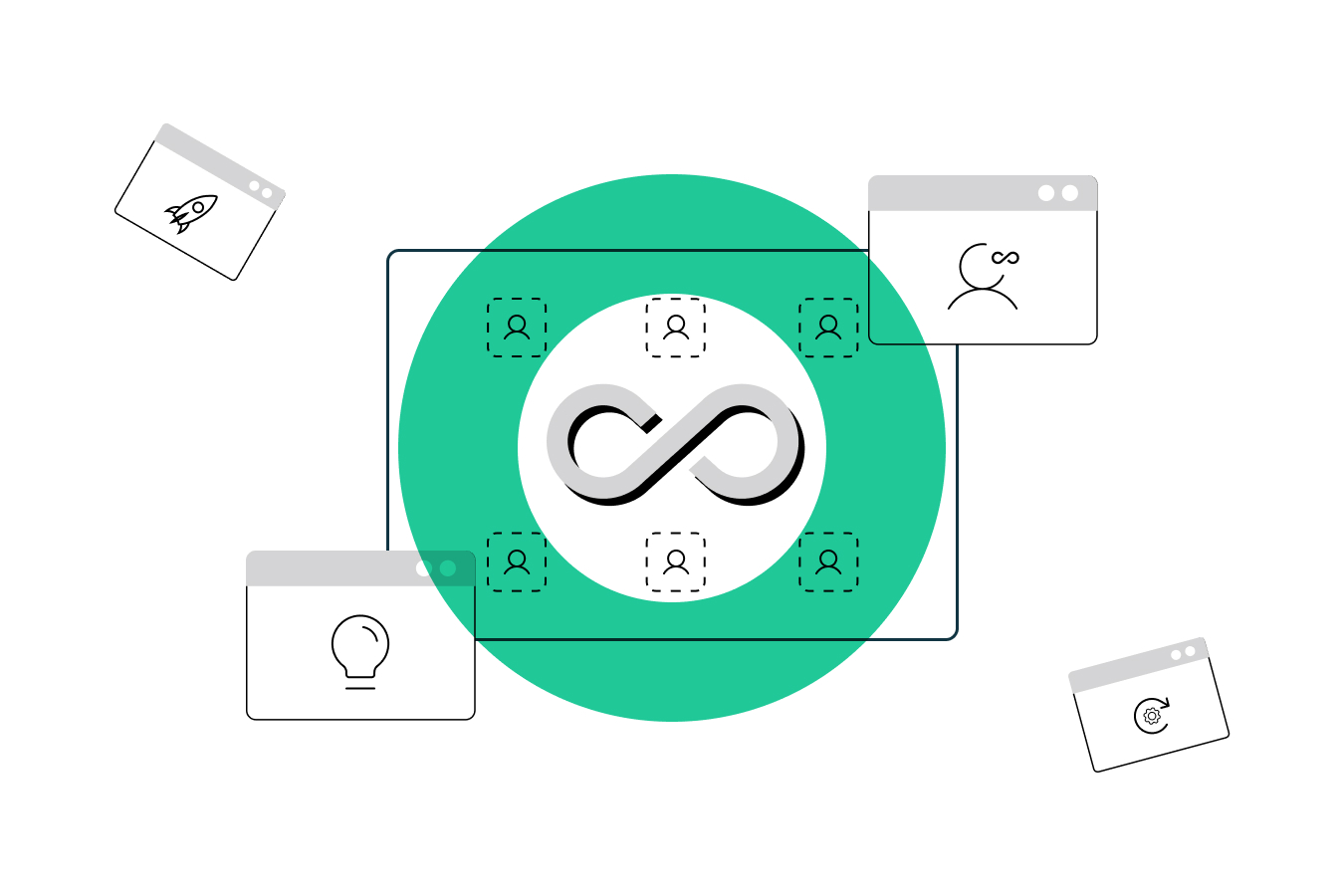
How to control DevOps?
In this article you will learn what are possible risks or DevOps and how to overcome them and control DevOps

Do I Really Need Kubernetes for my Start-Up?
In this article, you will know what the Kubernetes DevOps tool does for start-ups, which big names companies use it in their business. Article answers the question should you choose Kubernetes for your start-up?
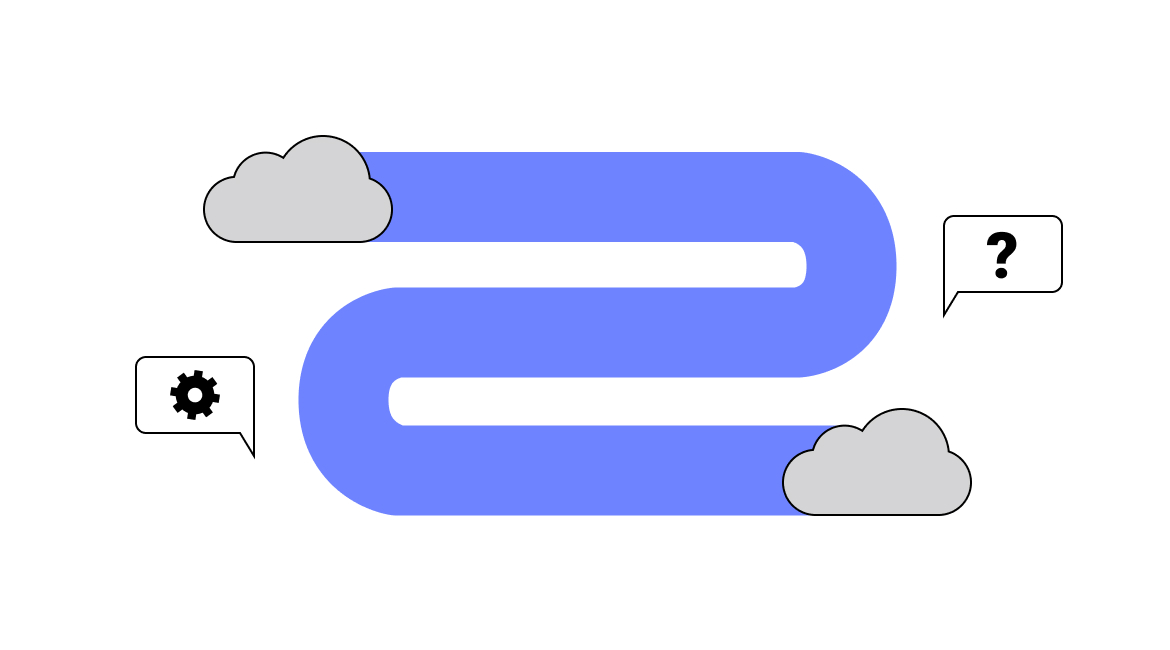
Cloud Migration Challenges You Need to Consider
Complete understanding of the cloud migration challenges and the ways of handling them will enable companies to develop comprehensive migration strategies and meet their business needs.
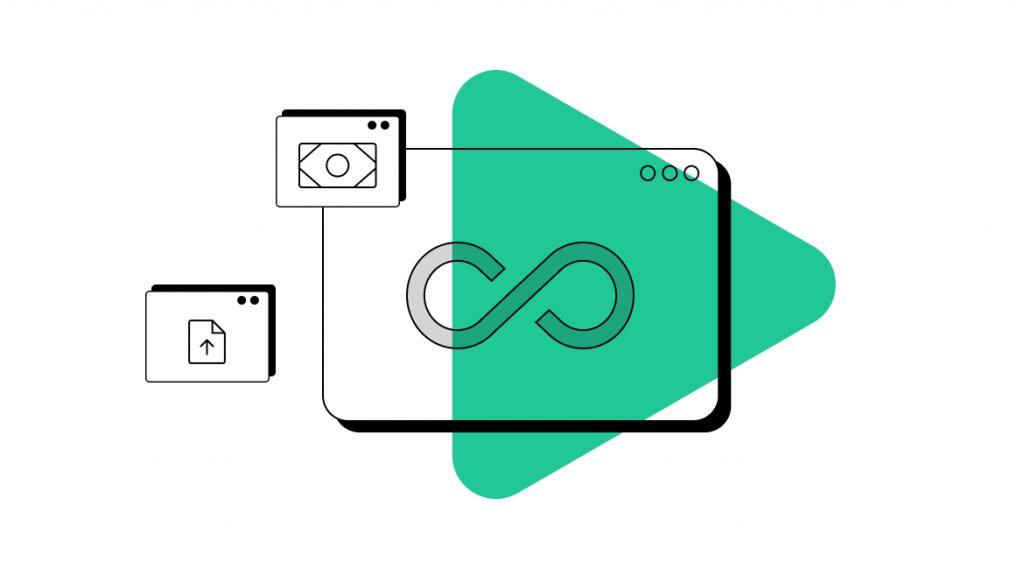
Implementing Enterprise DevOps: The Ultimate Guide
Large enterprises operate differently than agile web startups, where DevOps was born, and so their DevOps methodologies cannot match those startups.

Top DevOps Statistics and Trends You Need to Know
Discover the latest DevOps statistics, facts, and trends for 2021 stressing the importance of implementing DevOps best practices and hiring experts in our article
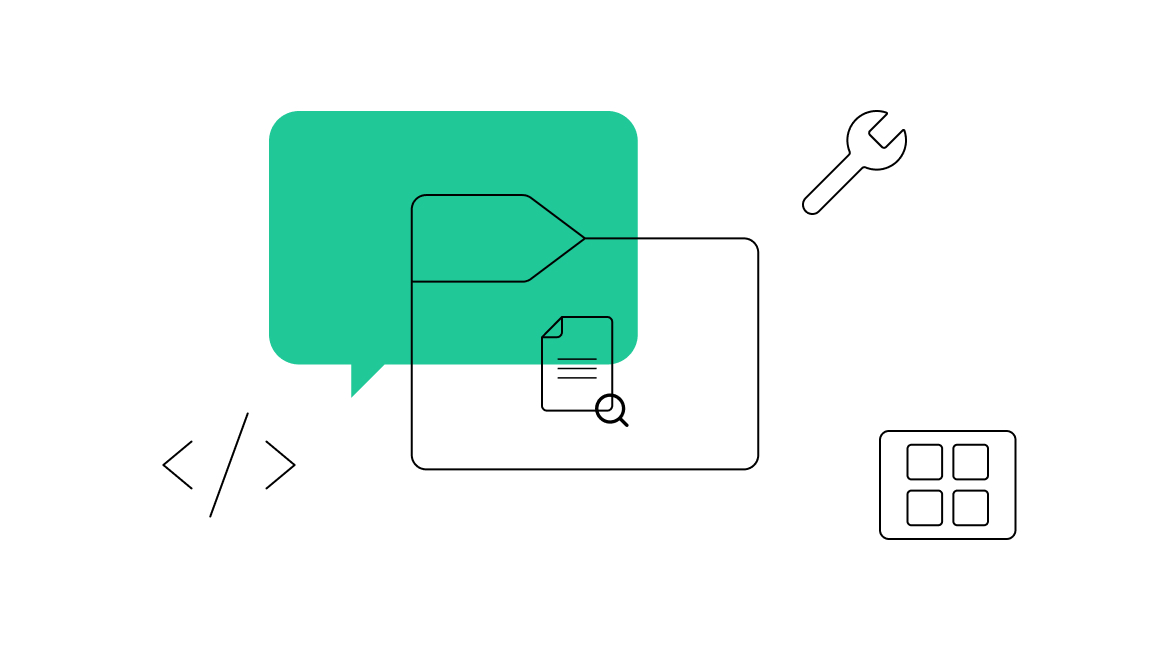
Monolith vs Microservices: Which Is Better to Choose?
There are obvious advantages offered by the microservices vs monolith. The shift from a monolithic architecture to microservices was implemented by several tech leaders.
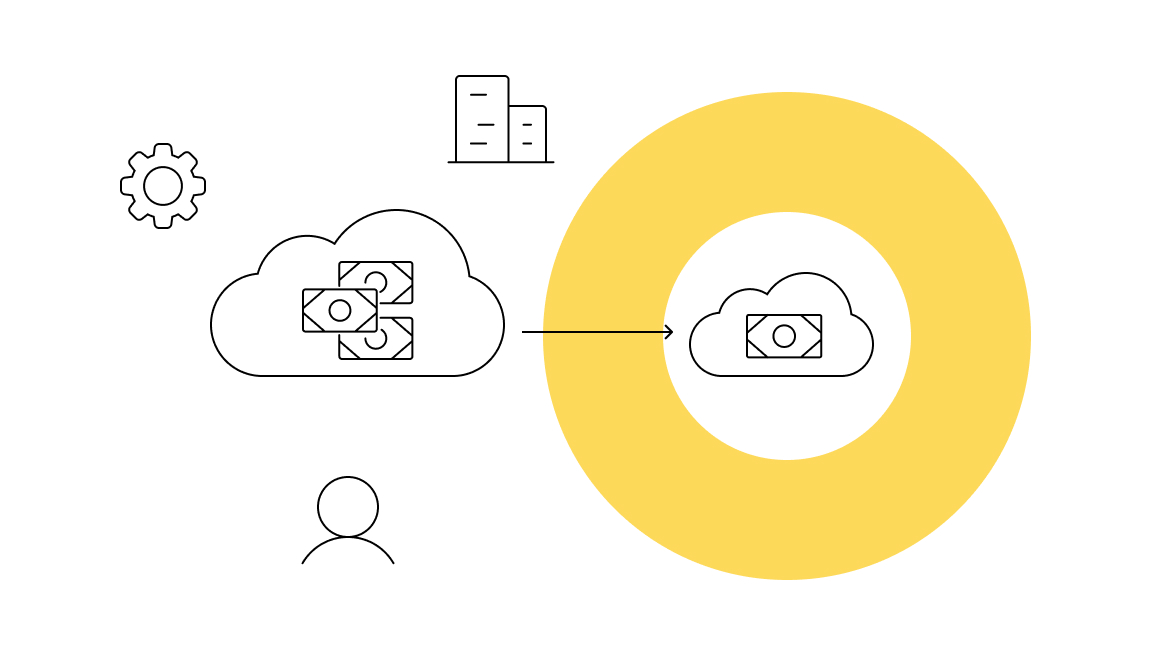
Best Cloud Optimization Tools and Best Practices to Reduce Cloud Costs
Using cloud cost optimization tools, you reduce the overall cost of your cloud computing services by finding mismanaged resources, reducing waste, reserving capacity, and more.

DevOps Engineer Salary: Full Guide
DevOps engineer salary helps grasp what is happening in the contemporary IT market. How? Investigate this in the post

How to Reduce AWS Costs: Detailed Overview
Let’s look at how the AWS pricing models work to reduce your AWS costs. AWS operational costs can seem daunting when you are trying to understand how to reduce them.
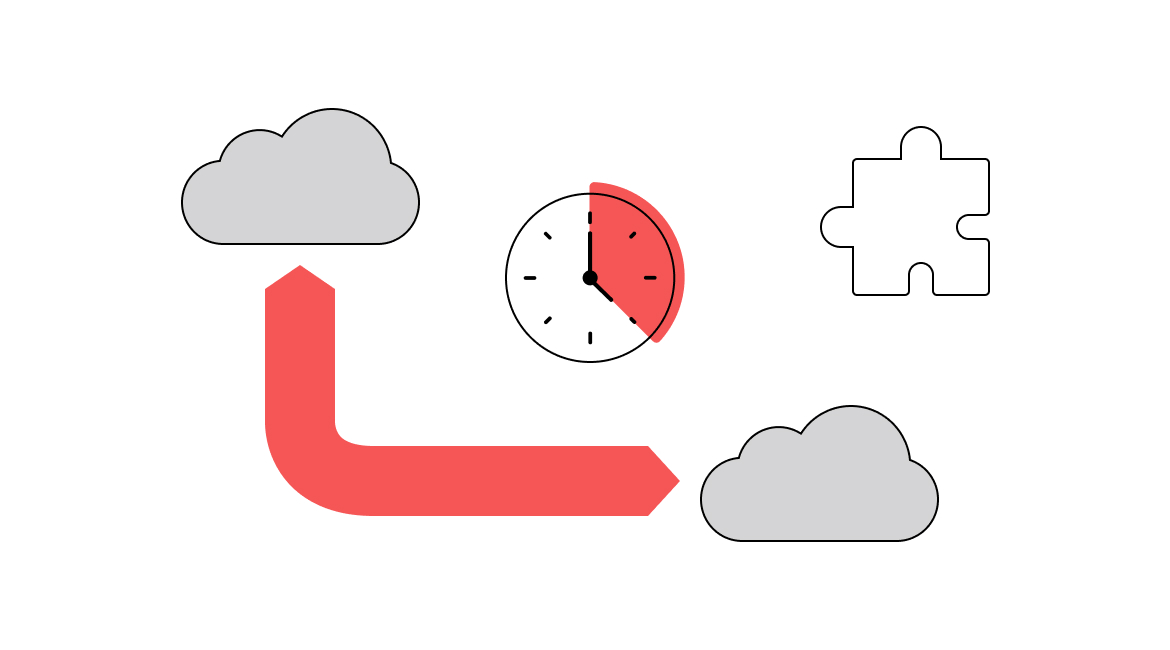
7 Essential Threats and Risks in Cloud Migration
Based on our own experience, we gathered top 7 essential threats and risks in cloud migration. Make sure you are aware of possible issues before migrating.
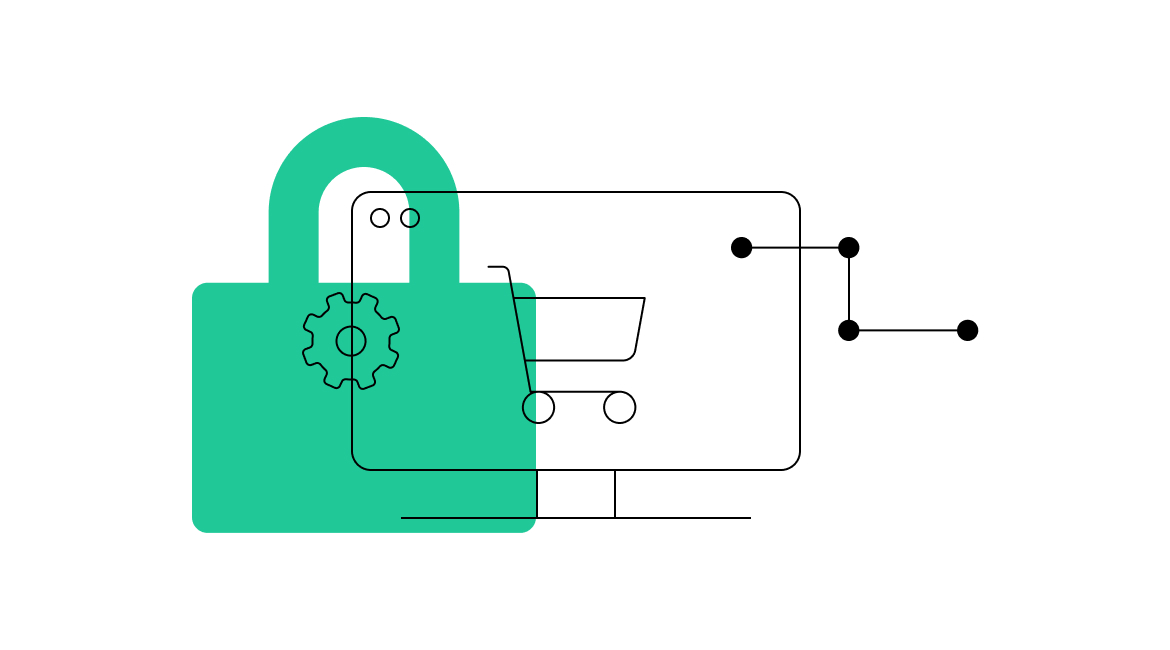
Gain a Competitive Edge in Ecommerce: DevOps Implementation
Using ecommerce DevOps is primarily beneficial for increasing the overall efficiency. In our guide, we describe how to achieve it for the best outcomes.

IaaS VS PaaS VS SaaS: What’s the Difference?
In terms of cloud services, companies are more likely to wonder which type to use: software as a service vs platform as a service vs infrastructure as a service.
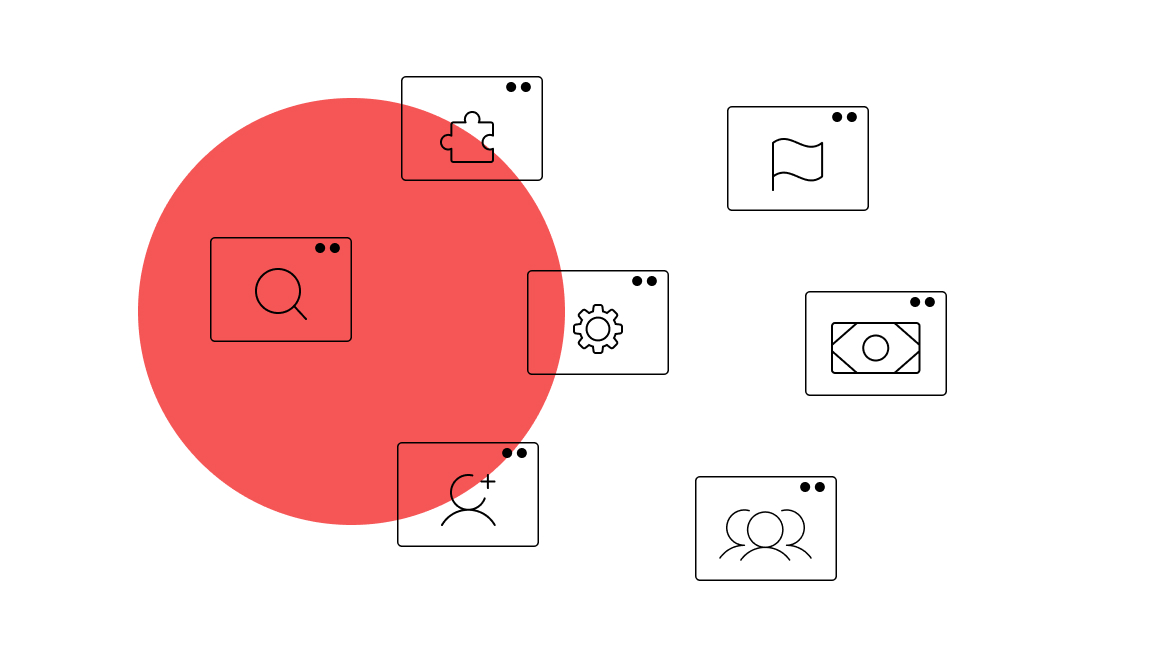
Pragmatic DevOps Adoption: Top Challenges and Solutions
Are you considering adopting pragmatic DevOps? We’ve made a list of the most common challenges of DevOps adoption and how to solve them.
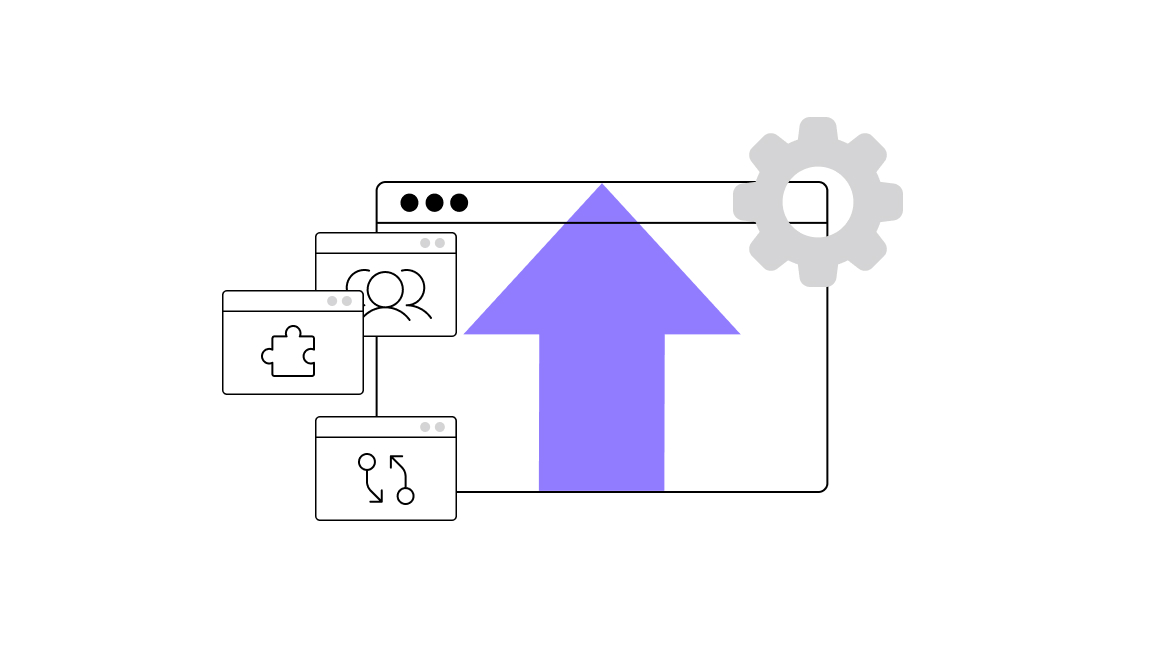
DevOps Adoption: Top 6 Essential Challenges
DevOps practices increase productivity and enhance workflows. However, there are certain DevOps adoption challenges and it is important to overcome them.
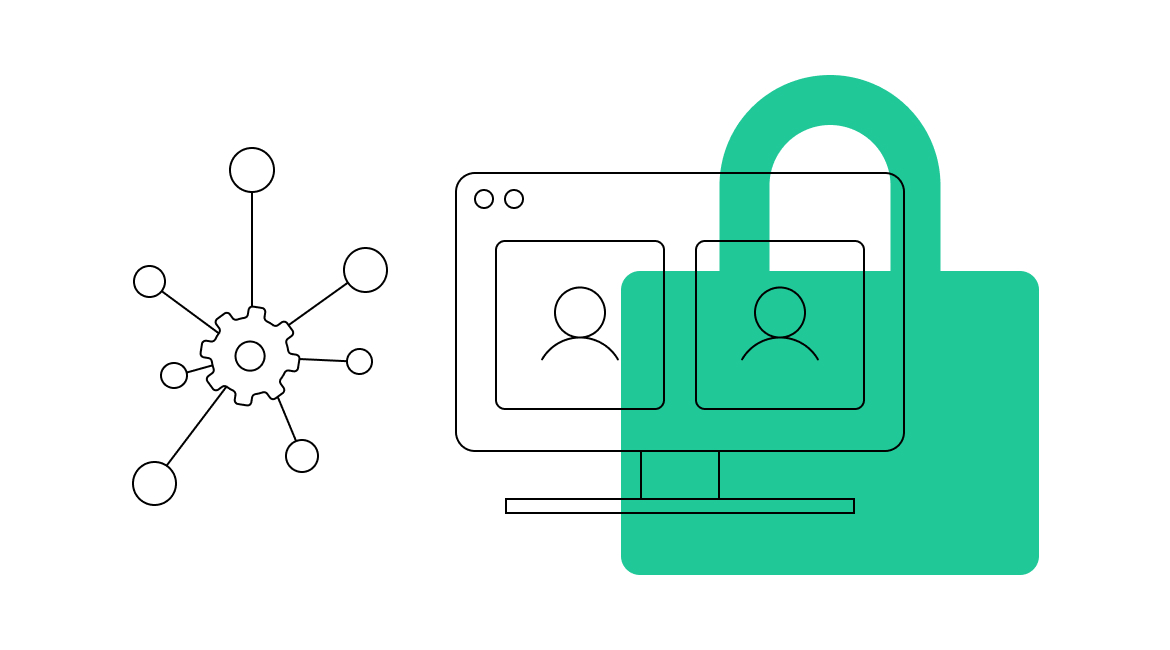
How Can DevOps Security Be Integrated?
Over the years, software deployment and development have changed dramatically. A traditional operation had only one or two major releases

What is CI?
So, what is a CI? CI is continuous integration, which means individual code changes from multiple developers are systematically integrated

Uptime Management Solutions: Application Reliability
Reliability engineering services specialists always assume that errors and bugs are inevitable. Moreover, troubles are expected. The real question is

Making the Best of Real User Monitoring in High Loaded Systems
Knowing what your customers experience while navigating your site or application is crucial for pinpointing problem zones and eliminating them

MinIO – an Up-to-Date Object Storage that Streamlines Your Hybrid Cloud
Hybrid cloud migration is the ultimate solution for storing corporate assets and virtual objects of all sorts while achieving business-boosting
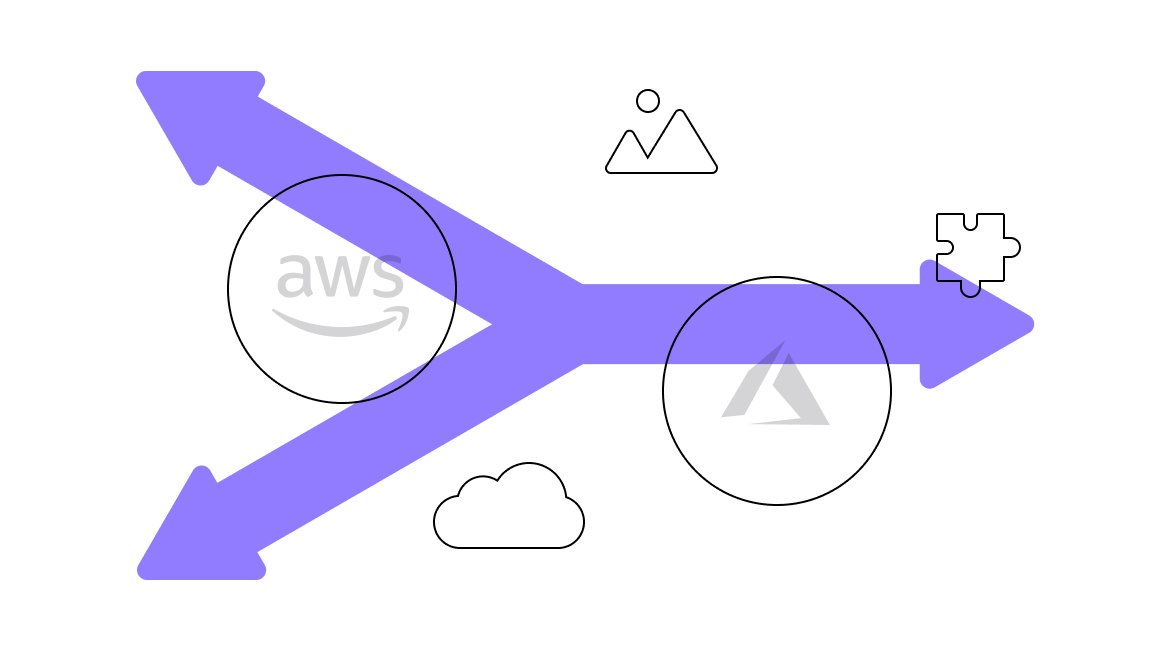
Microsoft Azure vs. AWS: The Best Feature Comparison
The analysis of the two major players in the cloud computing industry — Microsoft Azure vs AWS.

Cost of Downtime: What do You Need to Know?
Cost of downtime and how to calculate it? This and more in our article
